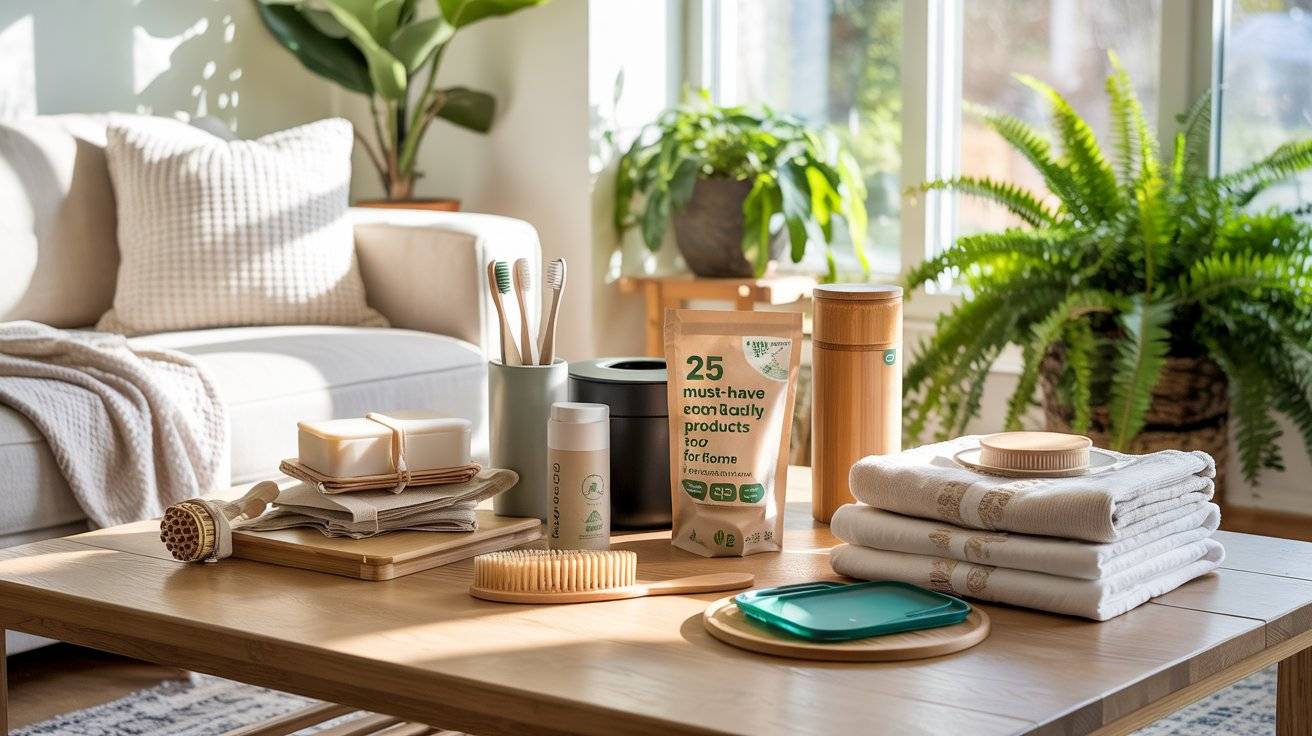Create a more eco-friendly home design have to be overwhelming or expensive. With a few smart swaps, you can reduce waste, lower your carbon footprint, and build a healthier space for your family.
Whether you’re just starting your green journey or looking to take things to the next level, this guide is packed with practical and actual eco-friendly products that are perfect for every room in your house.
From reusable kitchen items to sustainable decor, each of these 25 picks will help you live a little greener without sacrificing comfort or convenience.
These ideas were inspired by top-rated topic trends and trusted eco-living sources. They’re not just good for the environment they’re great for you, too. Let’s dive into the best eco-friendly products to refresh your home with purpose and peace of mind.
1. Reusable Beeswax Food Wraps
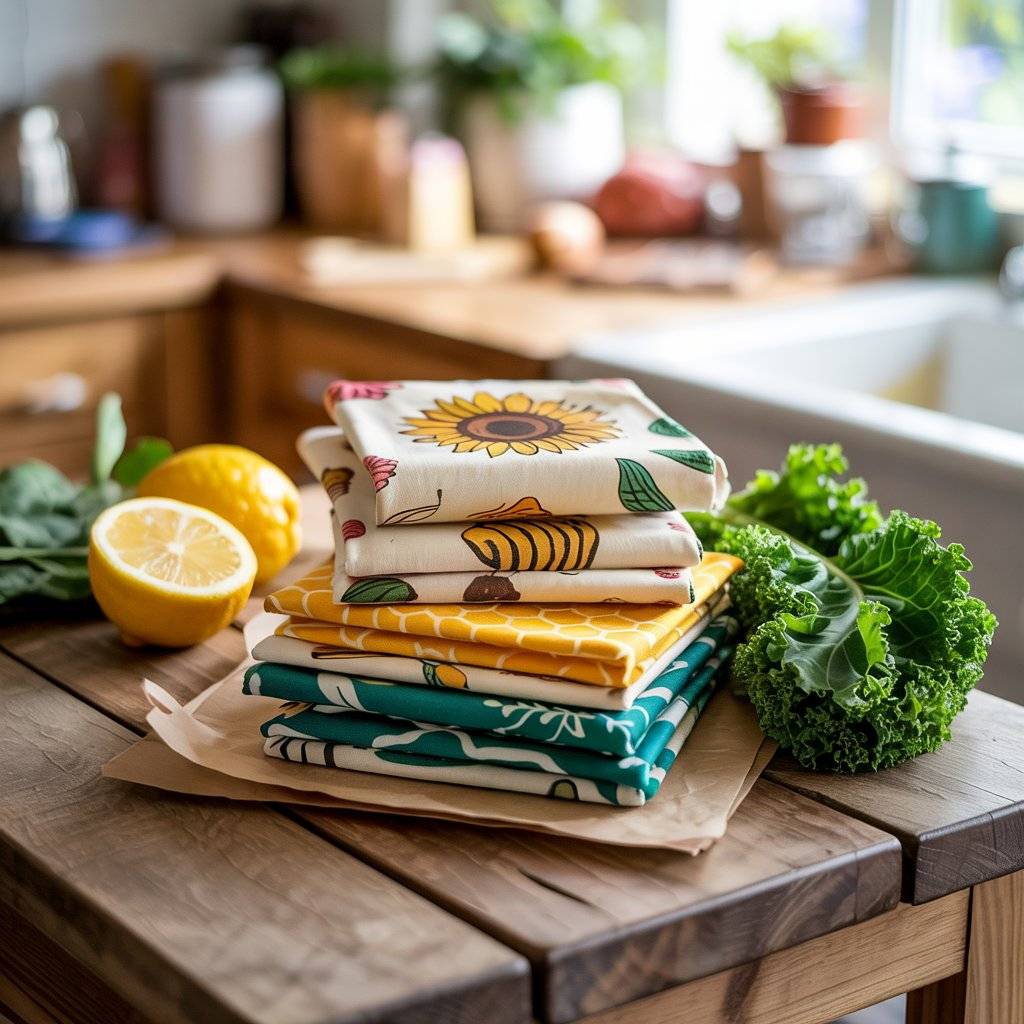
These reusable wraps are made from organic cotton, beeswax, jojoba oil, and tree resin. They’re perfect for wrapping sandwiches, fruits, veggies, and even covering bowls. After each use, just rinse with cold water and mild soap, let them dry, and they’re ready to go again.
Beeswax wraps come in different sizes and often feature cute patterns that make your kitchen look extra cozy. They’re biodegradable, compostable, and can last up to a year with proper care. They’re a great way to cut down on single-use plastics while keeping your food fresh.
Many eco-conscious brands offer beeswax wraps in plastic-free packaging, making them an all-around win for sustainable living. Once you try them, you’ll wonder how you ever lived without them.
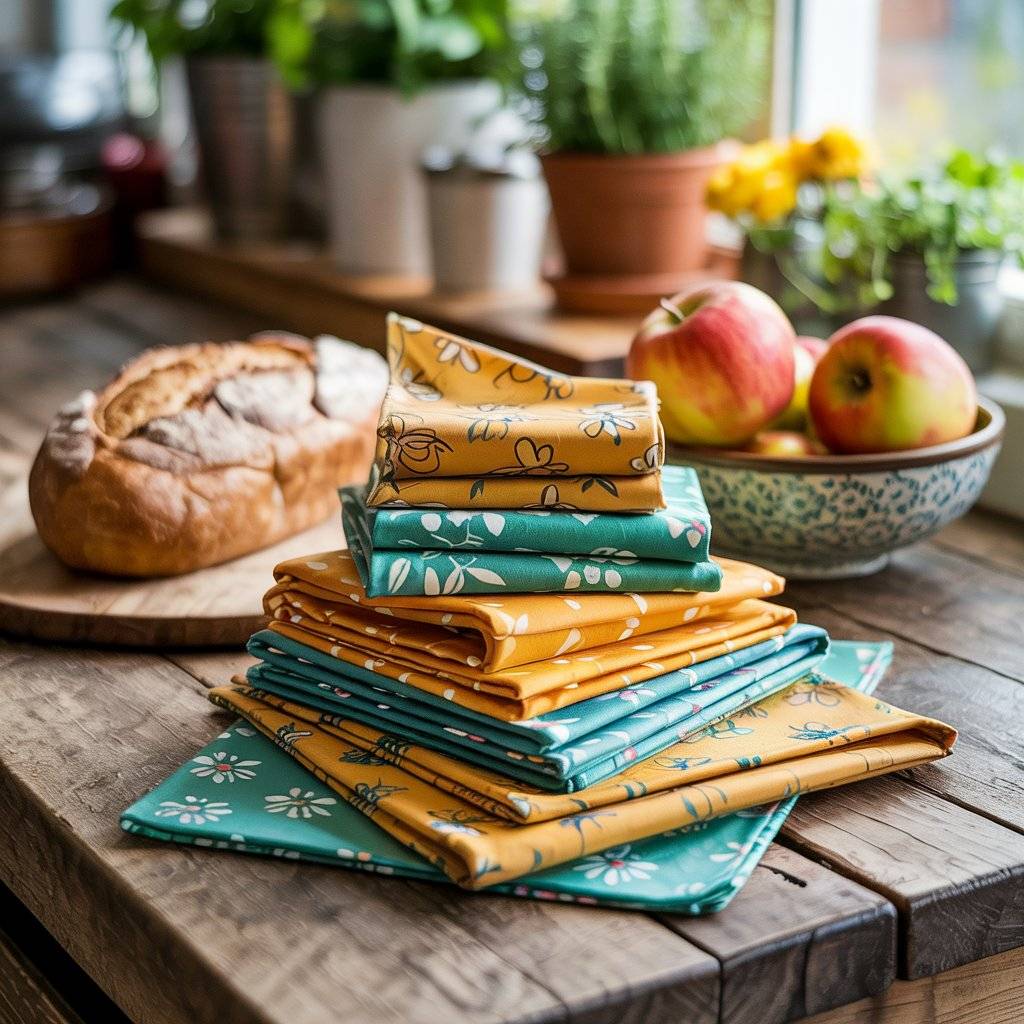
2. Refillable Glass Soap Dispensers
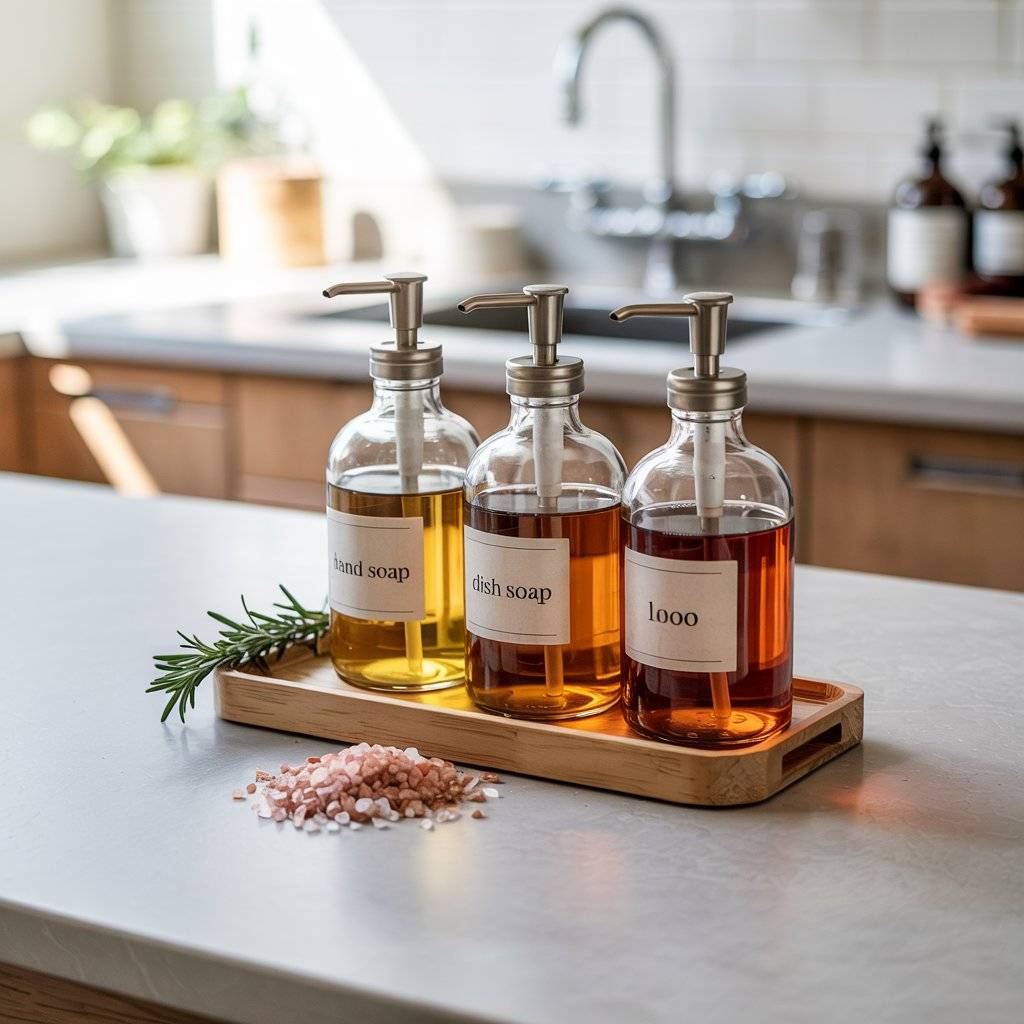
Instead of buying single-use plastic bottles of hand soap or dish soap, try refillable glass dispensers. These dispensers are not only eco-friendly but also add a touch of elegance to your kitchen or bathroom.
You can buy soap refills in bulk or even make your own natural soap at home. Many come with labels and stylish pumps, so they fit into any decor. The silicone sleeves for added grip and protection against drops.
Using glass dispensers will cuts down on plastic waste and helps you keep track of how much product you’re using. Plus, they encourage a minimalist lifestyle and make everyday routines feel a bit more luxurious.
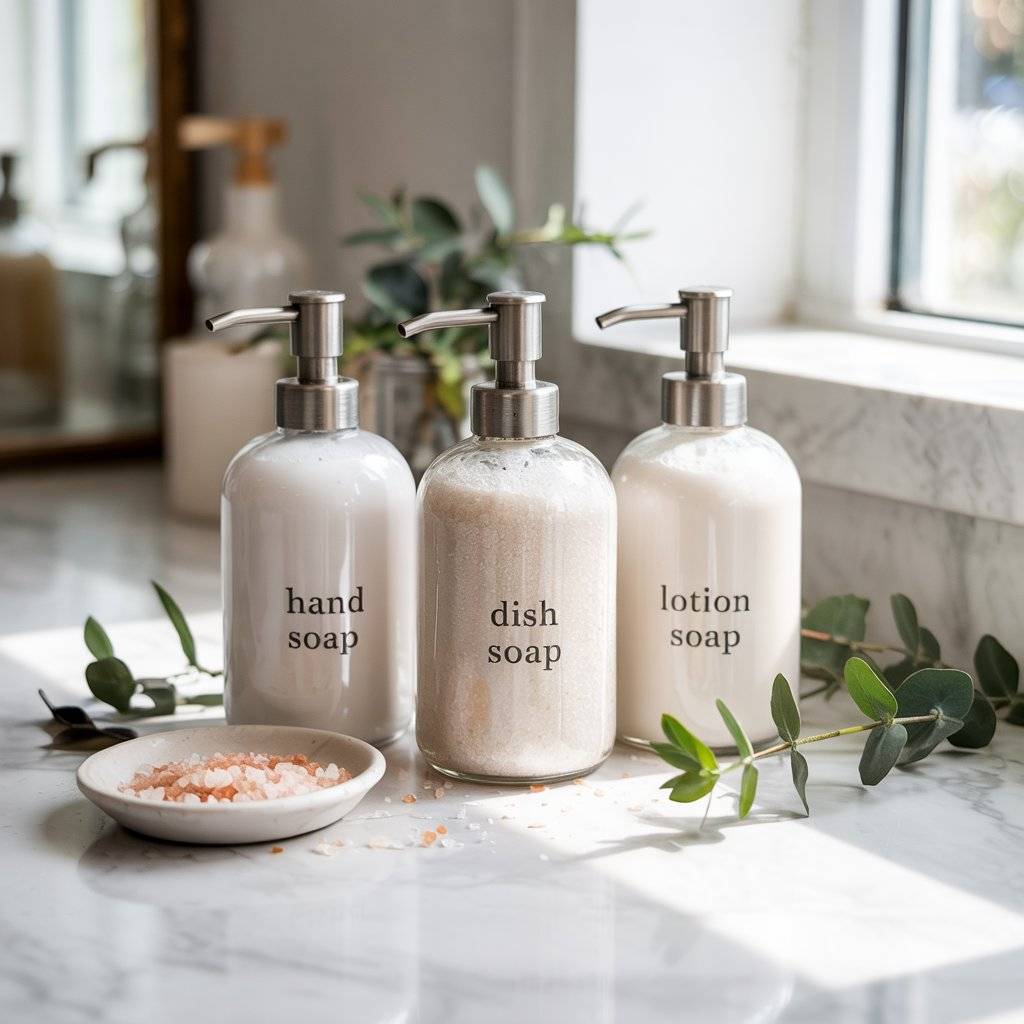
3. Bamboo Toothbrushes
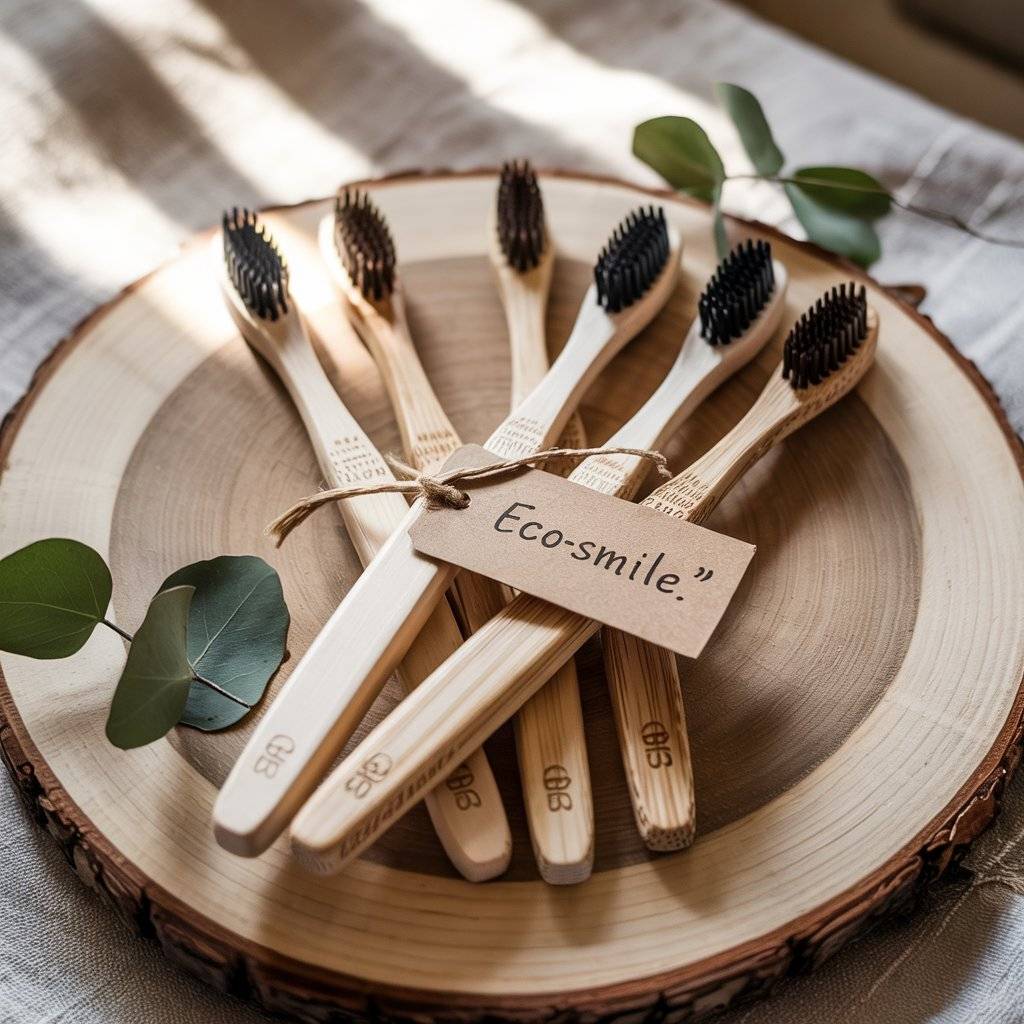
Traditional plastic toothbrushes take hundreds of years to decompose. Bamboo toothbrushes are a much better choice for the planet. The handles are biodegradable and made from sustainably sourced bamboo, which grows quickly and doesn’t need pesticides.
Most bamboo toothbrushes come with BPA-free nylon bristles. While the bristles aren’t compostable, you can remove them and compost the handle. Some brands even offer biodegradable packaging and carbon-neutral shipping.
Switching to a bamboo toothbrush is a small step that makes a big difference. Keep one in each bathroom and pack a spare for travel it’s an easy win for a greener lifestyle.

4. Compost Bin for Kitchen Scraps
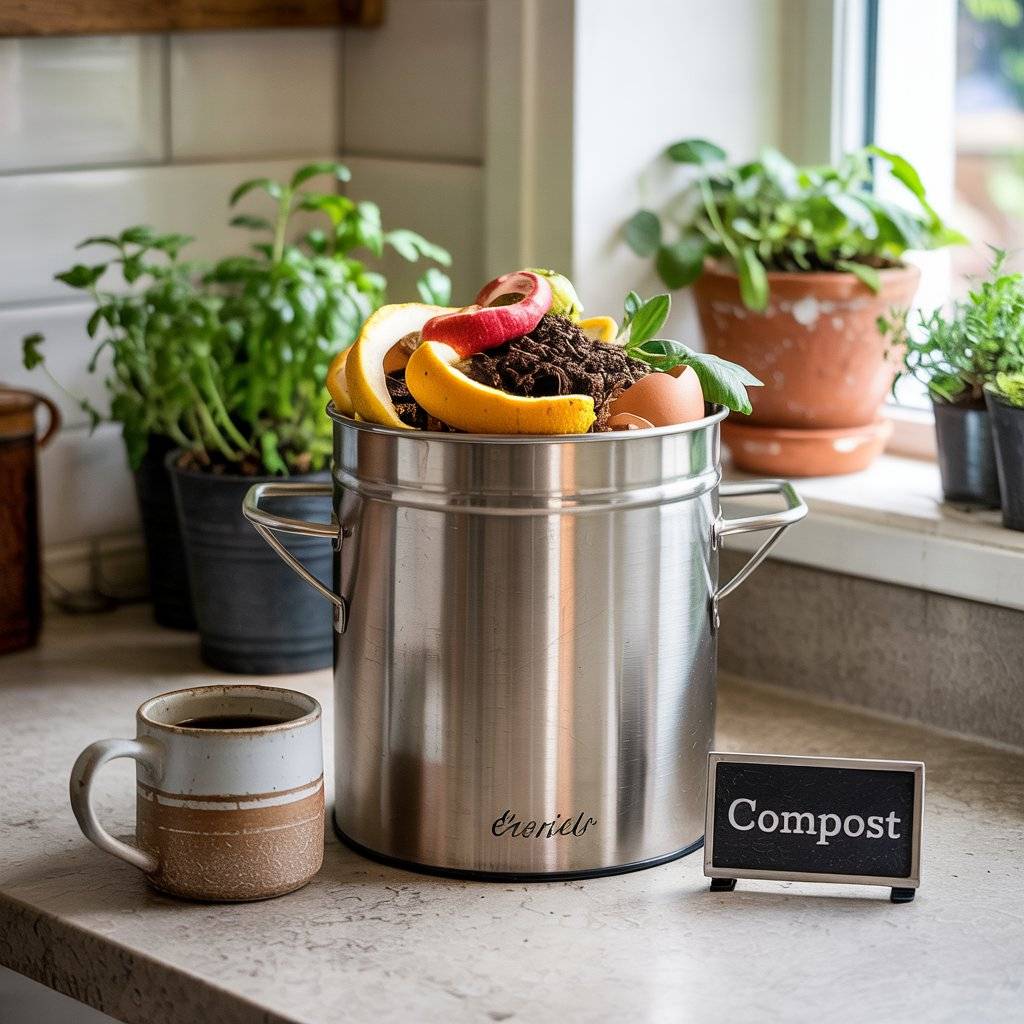
Turning your kitchen scraps into compost is one of the best ways to reduce waste. A countertop compost bin makes it super easy. Look for one with a charcoal filter to keep odors in check and a stainless steel or ceramic design for easy cleaning.
These bins are perfect for storing fruit peels, coffee grounds, eggshells, and veggie scraps until you’re ready to transfer them to an outdoor compost pile or curbside collection.
Even if you live in an apartment, you can still compost with the right setup. Many cities offer compost programs, or you can use a small worm bin indoors. Either way, you’re keeping organic waste out of the landfill and turning it into something useful.
Related Post: Home Covered Patios for Outdoor Bliss Your Backyard Escape
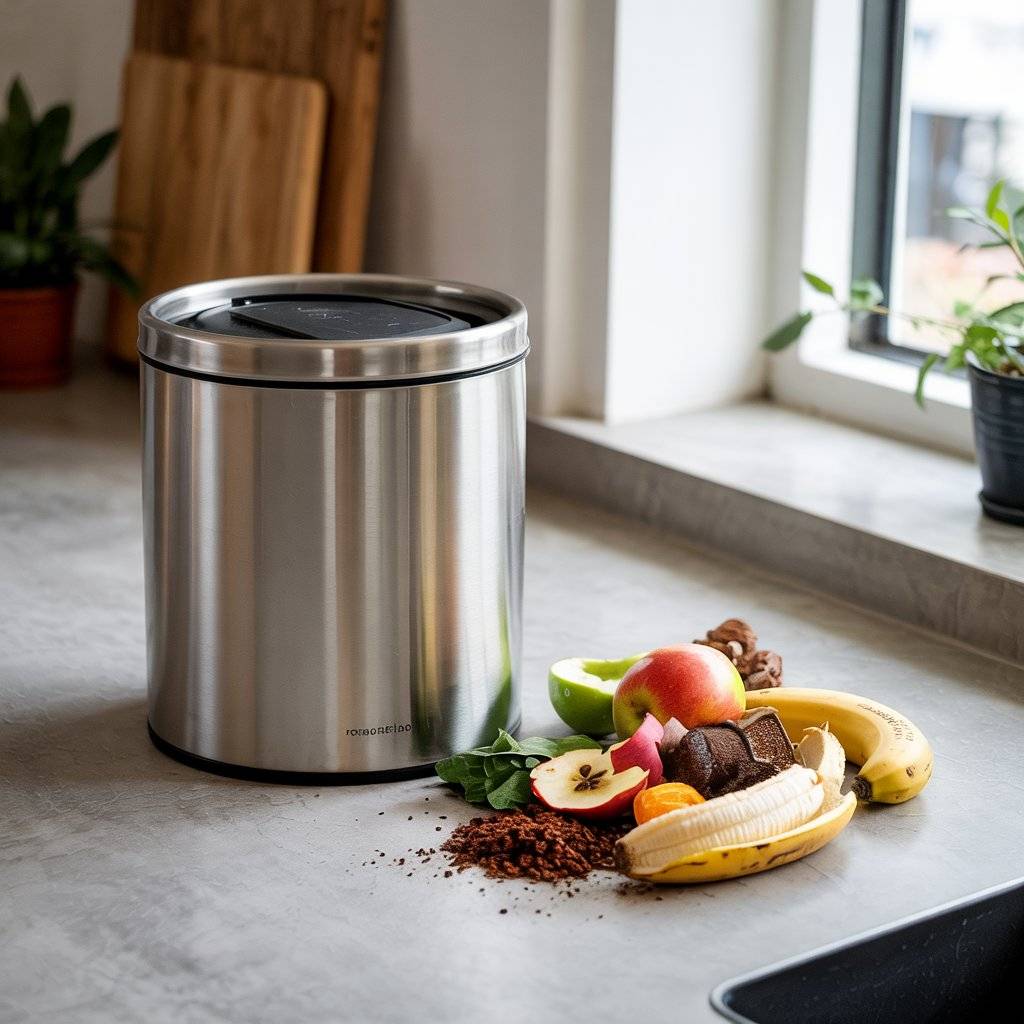
5. Wool Dryer Balls
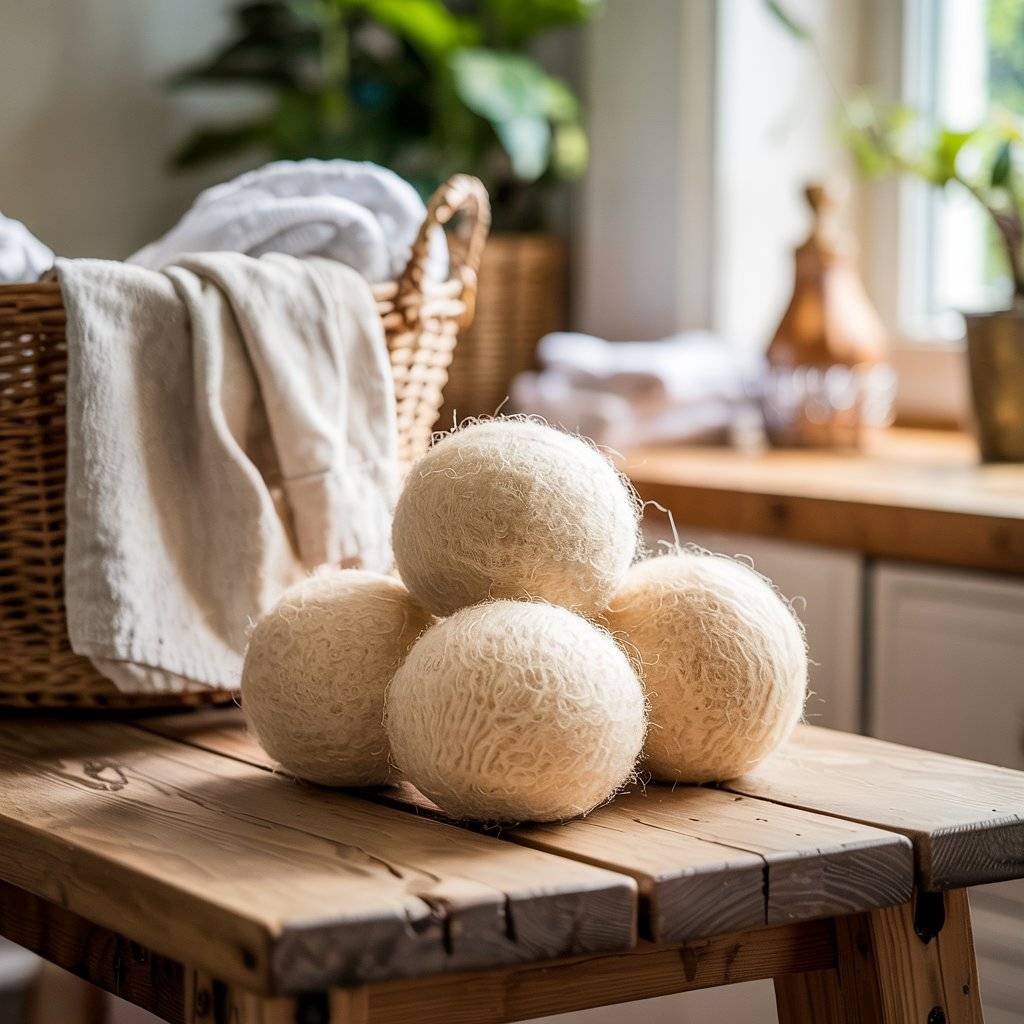
Wool dryer balls are a natural alternative to dryer sheets and fabric softeners. They help reduce drying time, soften clothes, and prevent static all without any harsh chemicals. Plus, they can be reused for up to 1,000 loads.
Made from 100% wool, these balls are eco-friendly and hypoallergenic. You can even add a few drops of essential oils for a fresh, natural scent.
Using wool dryer balls means fewer chemicals on your clothes, less plastic waste, and lower energy bills. They’re a smart swap that pays off in the long run, both for your wallet and the environment.
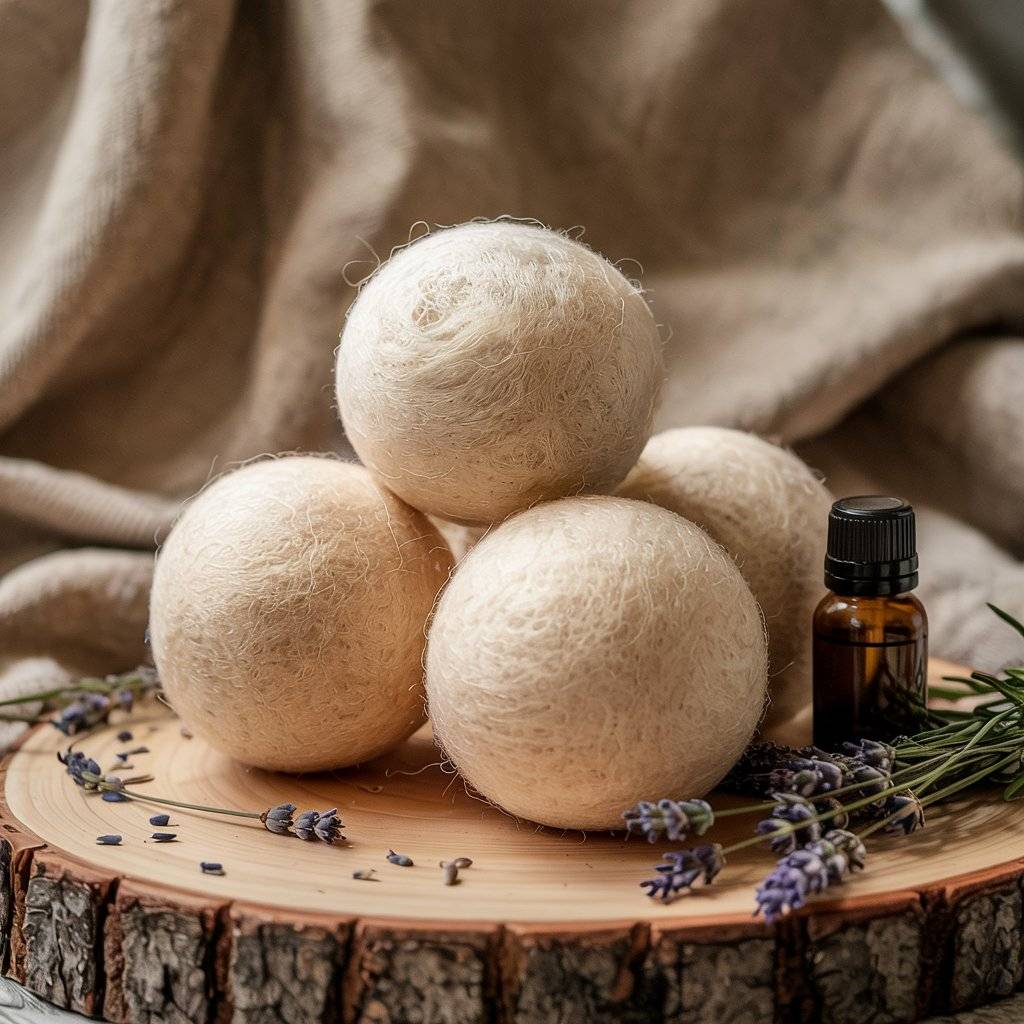
6. LED Light Bulbs
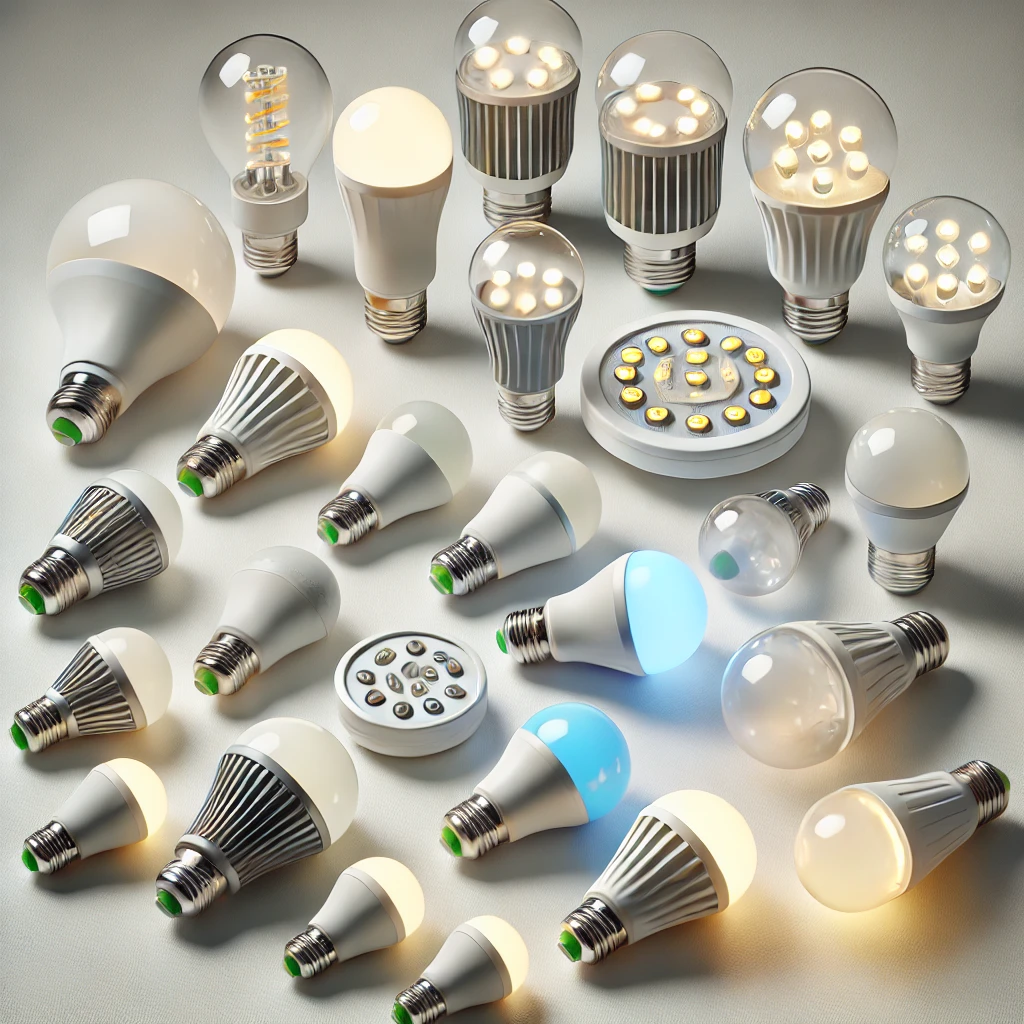
LED light bulbs are one of the easiest and most effective eco-friendly upgrades for your home. They use up to 80% less energy than traditional bulbs and last much longer, which means fewer replacements and less waste.
These bulbs come in all shapes, sizes, and brightness levels. You can find dimmable options, color-changing bulbs, and even smart LEDs that you can control with your phone.
Switching to LEDs is a great way to cut energy costs while reducing your carbon footprint. It’s a small change with big environmental benefits.

7. Eco-Friendly Cleaning Products
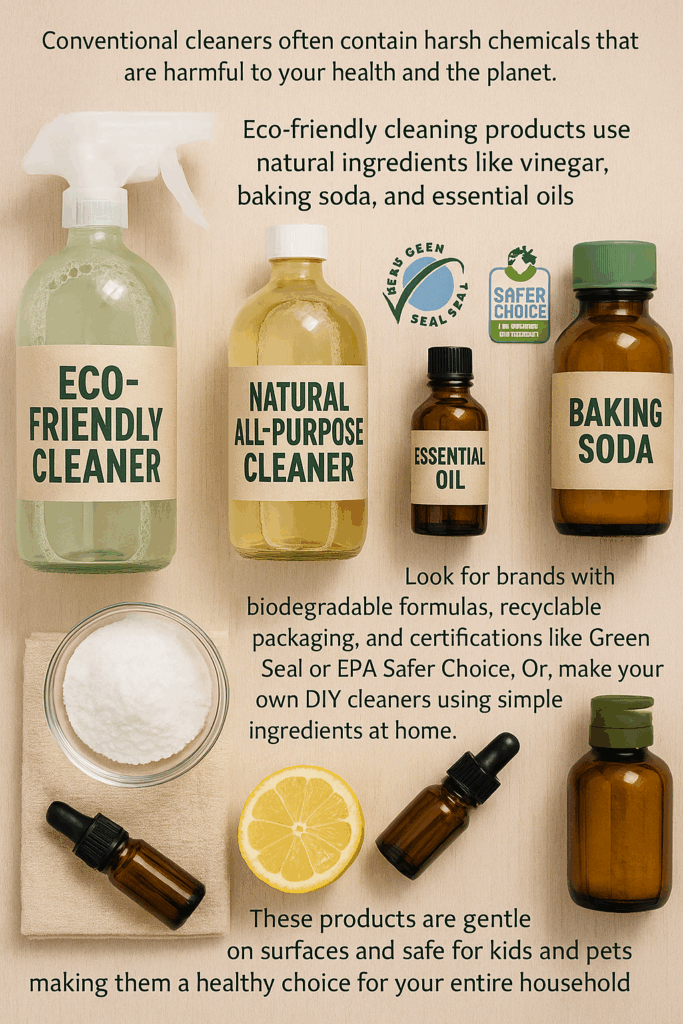
Conventional cleaners often contain harsh chemicals that are harmful to your health and the planet. Eco-friendly cleaning products use natural ingredients like vinegar, baking soda, and essential oils.
Look for brands with biodegradable formulas, recyclable packaging, and certifications like Green Seal or EPA Safer Choice. Or, make your own DIY cleaners using simple ingredients at home.
These products are gentle on surfaces and safe for kids and pets, making them a healthy choice for your entire household.
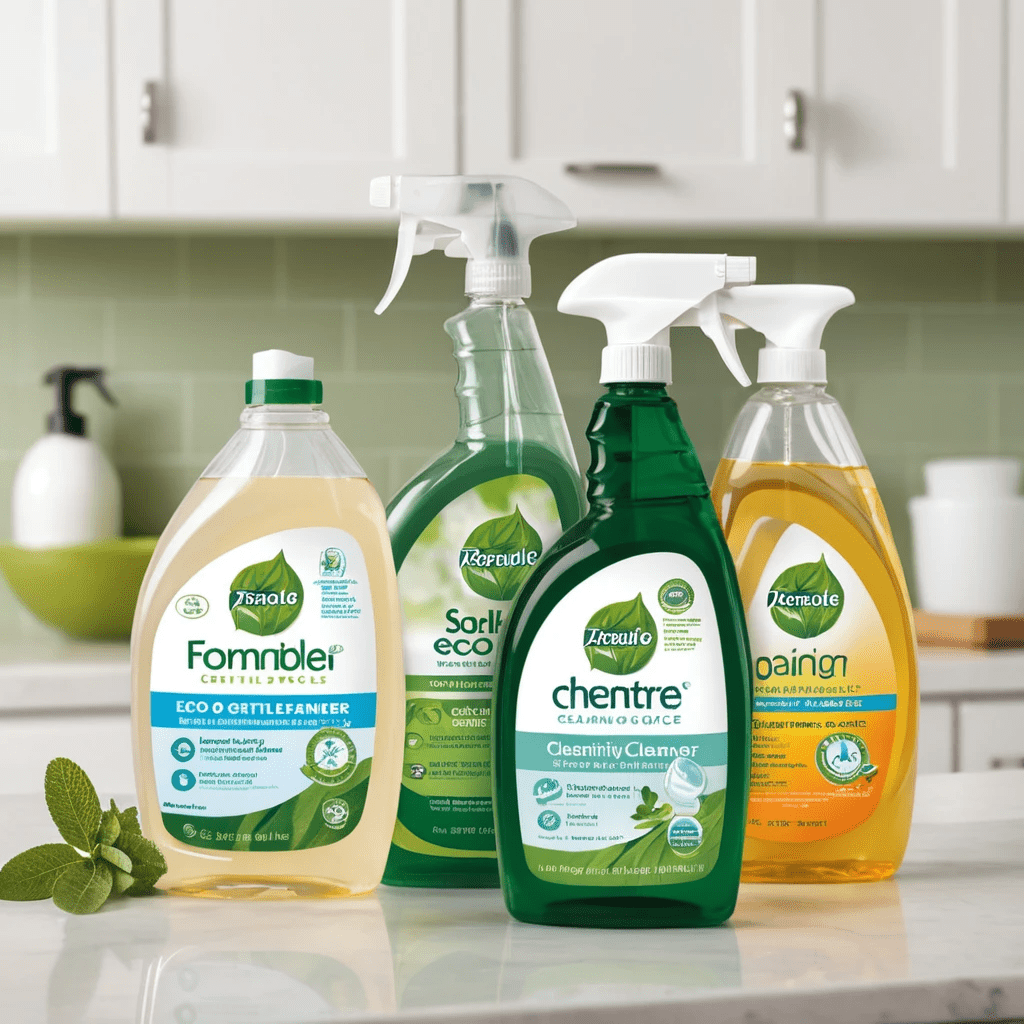
8. Cloth Napkins
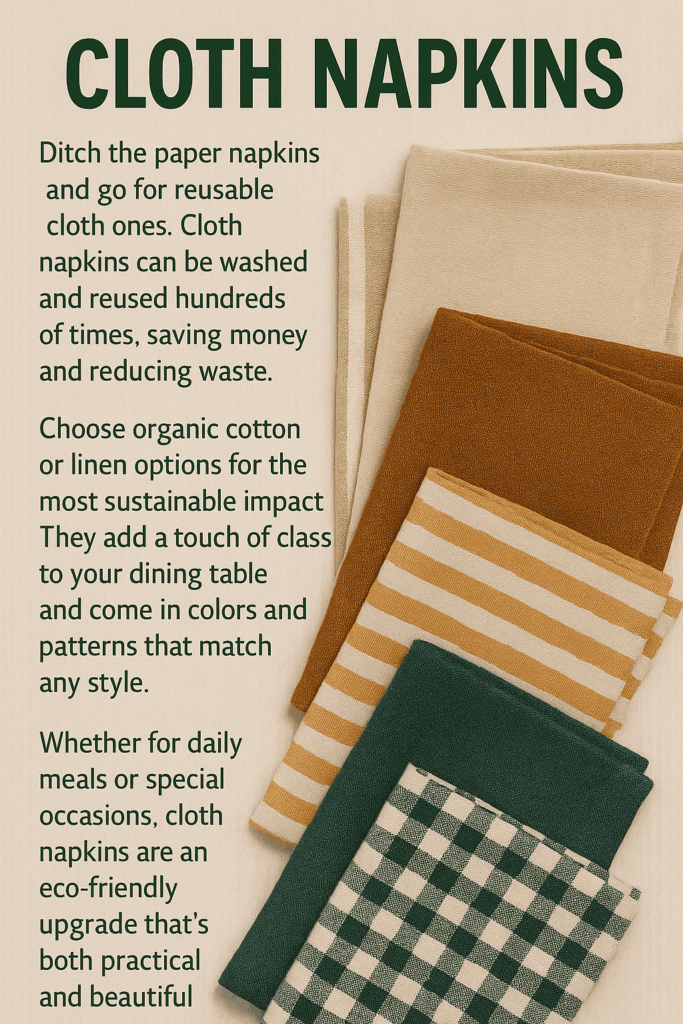
Ditch the paper napkins and go for reusable cloth ones. Cloth napkins can be washed and reused hundreds of times, saving money and reducing waste.
Choose organic cotton or linen options for the most sustainable impact. They add a touch of class to your dining table and come in colors and patterns that match any style.
Whether for daily meals or special occasions, cloth napkins are an eco-friendly upgrade that’s both practical and beautiful.
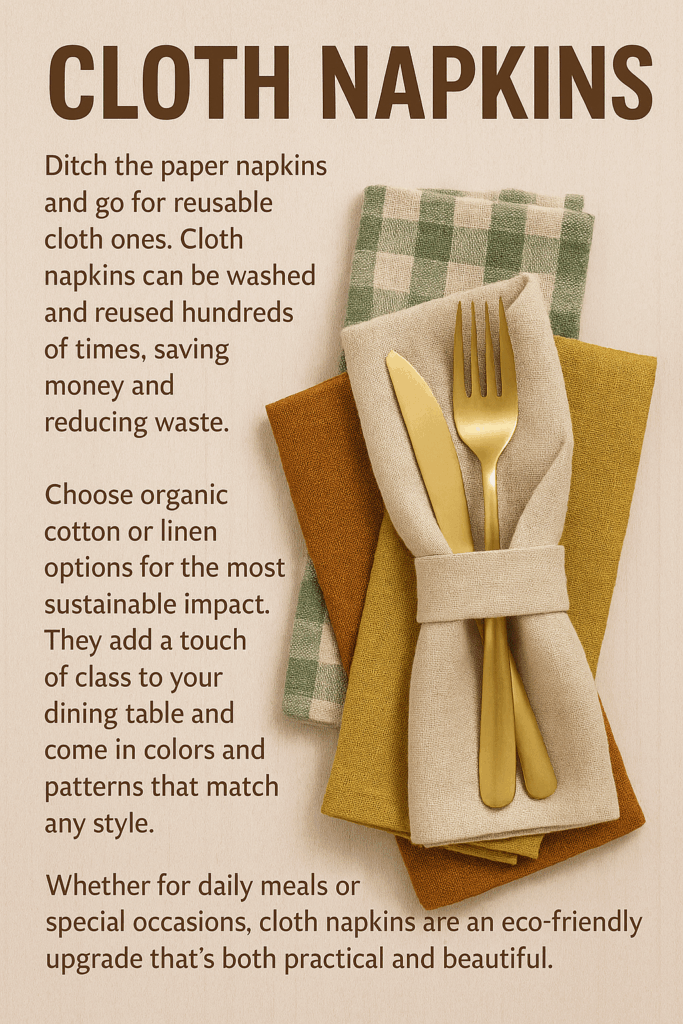
9. Solar-Powered Outdoor Lights
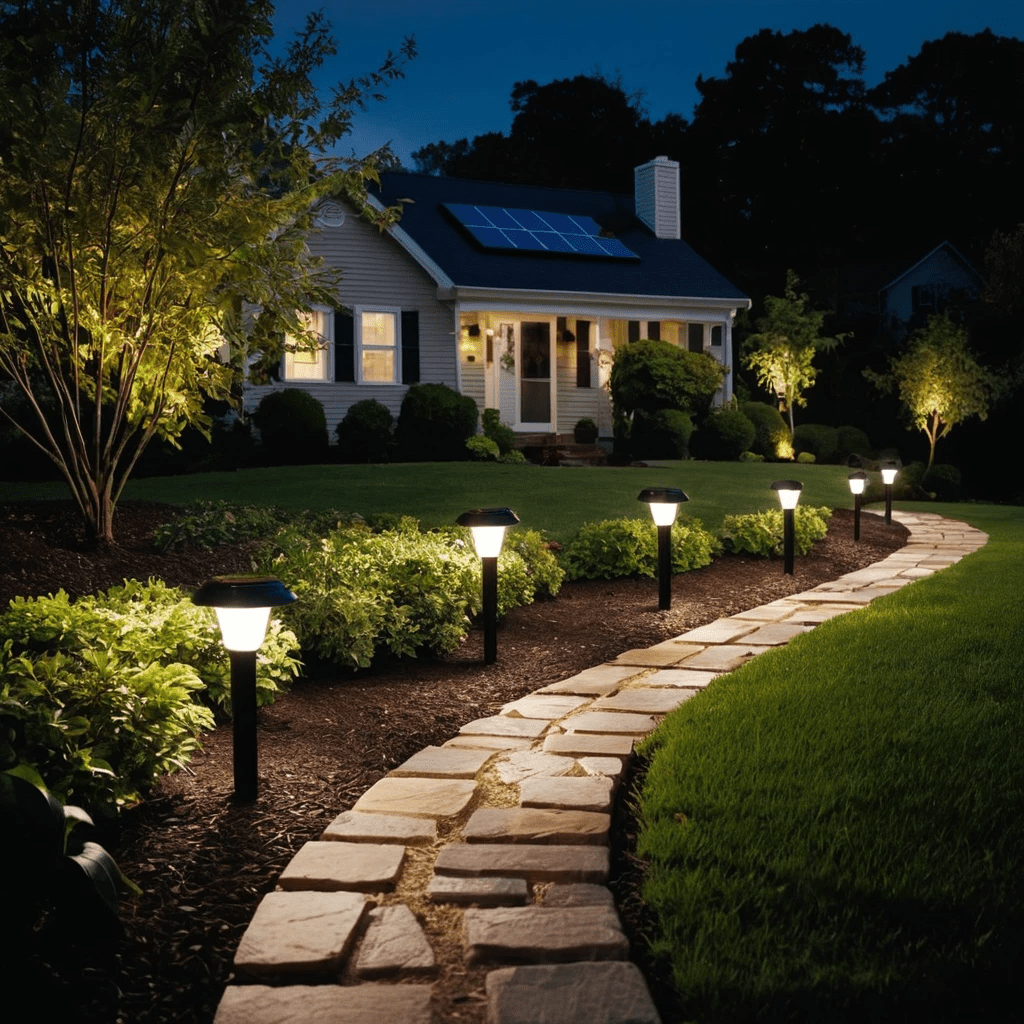
Solar-powered lights are a smart way to illuminate your yard without increasing your energy bill. They charge during the day and automatically turn on at dusk.
These lights come in many styles string lights, path lights, or wall-mounted options. Installation is usually simple, with no wiring needed.
Using solar lights lowers your energy use and keeps your outdoor spaces bright and welcoming without harming the environment. Check price at amazon
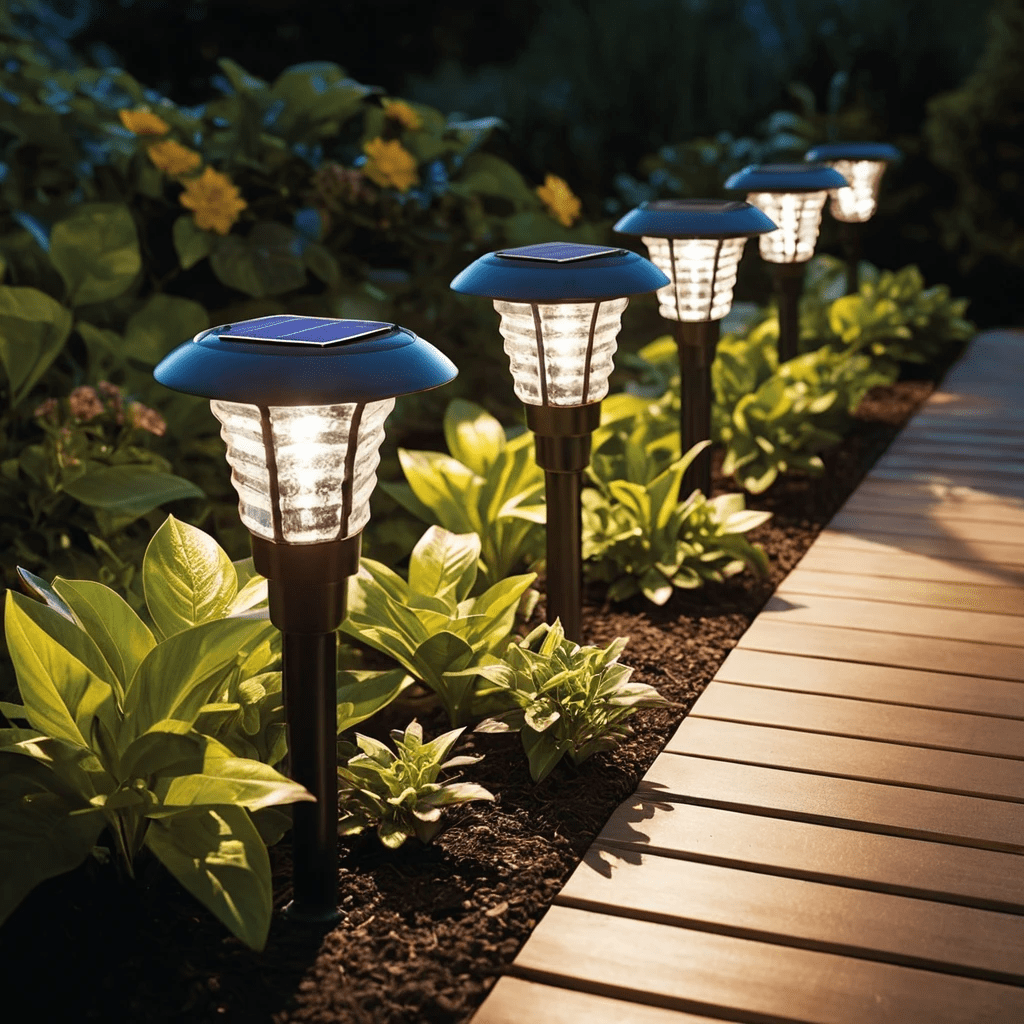
10. Water-Saving Showerheads
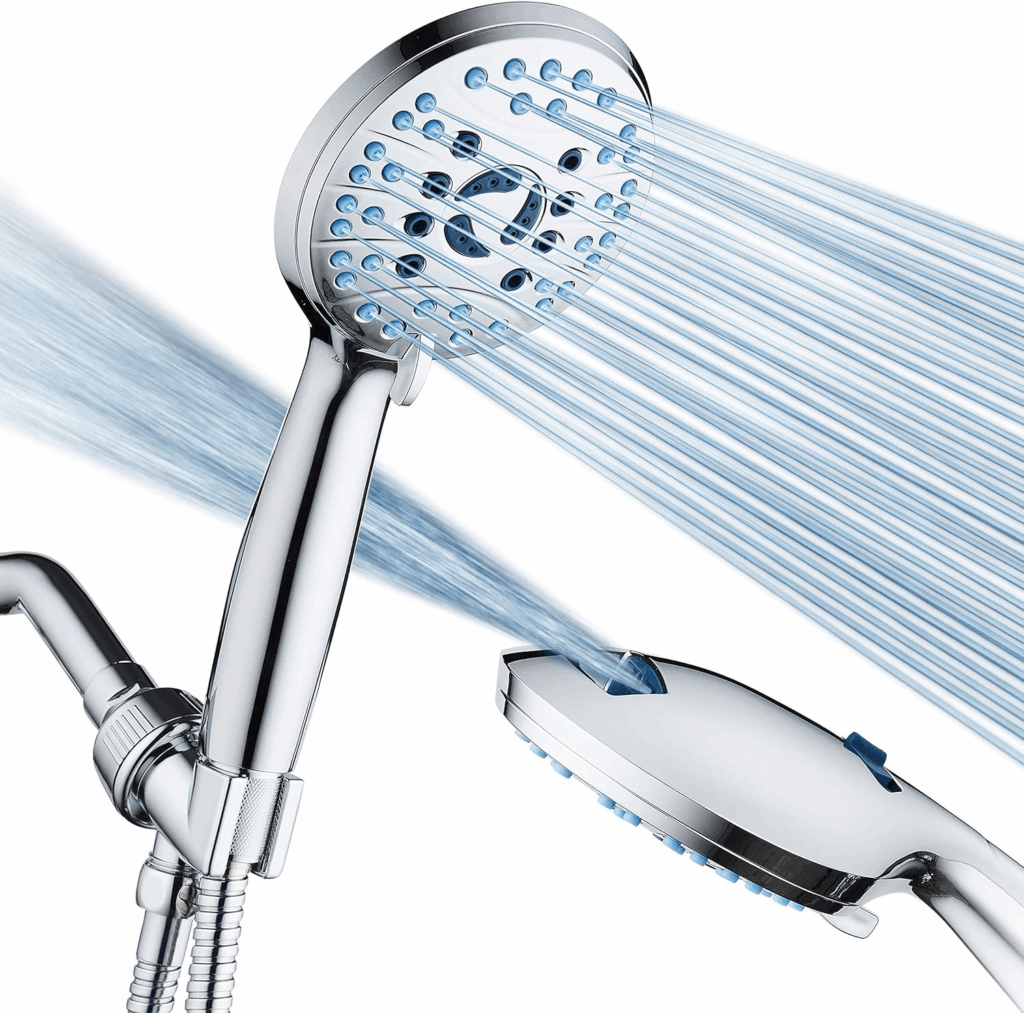
Water-efficient showerheads help you use less water without sacrificing water pressure. Many models are designed to reduce water flow by up to 50%.
Look for showerheads with the EPA WaterSense label to ensure they meet conservation standards. Some even have pause buttons or adjustable spray settings.
Making this switch saves water, lowers utility bills, and reduces strain on your local water supply.
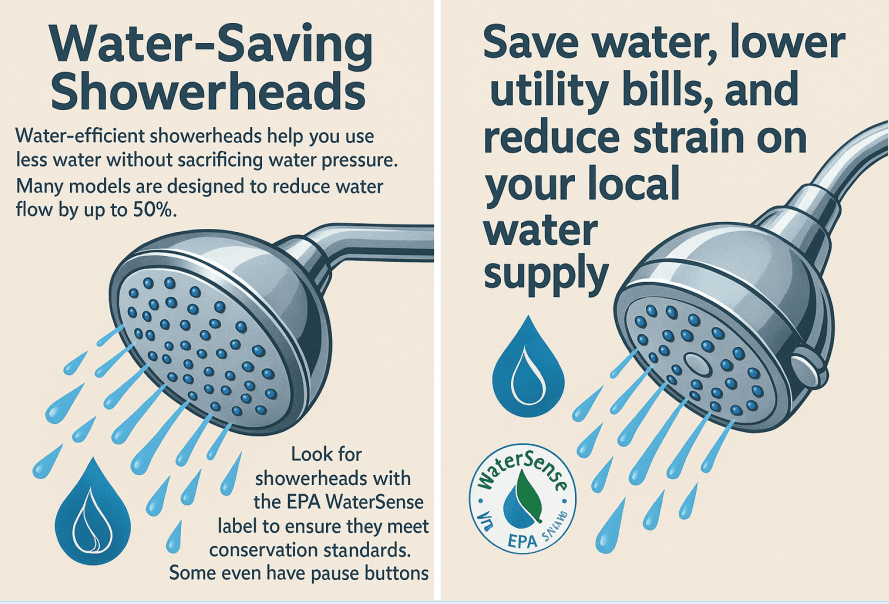
11. Recycled Paper Products
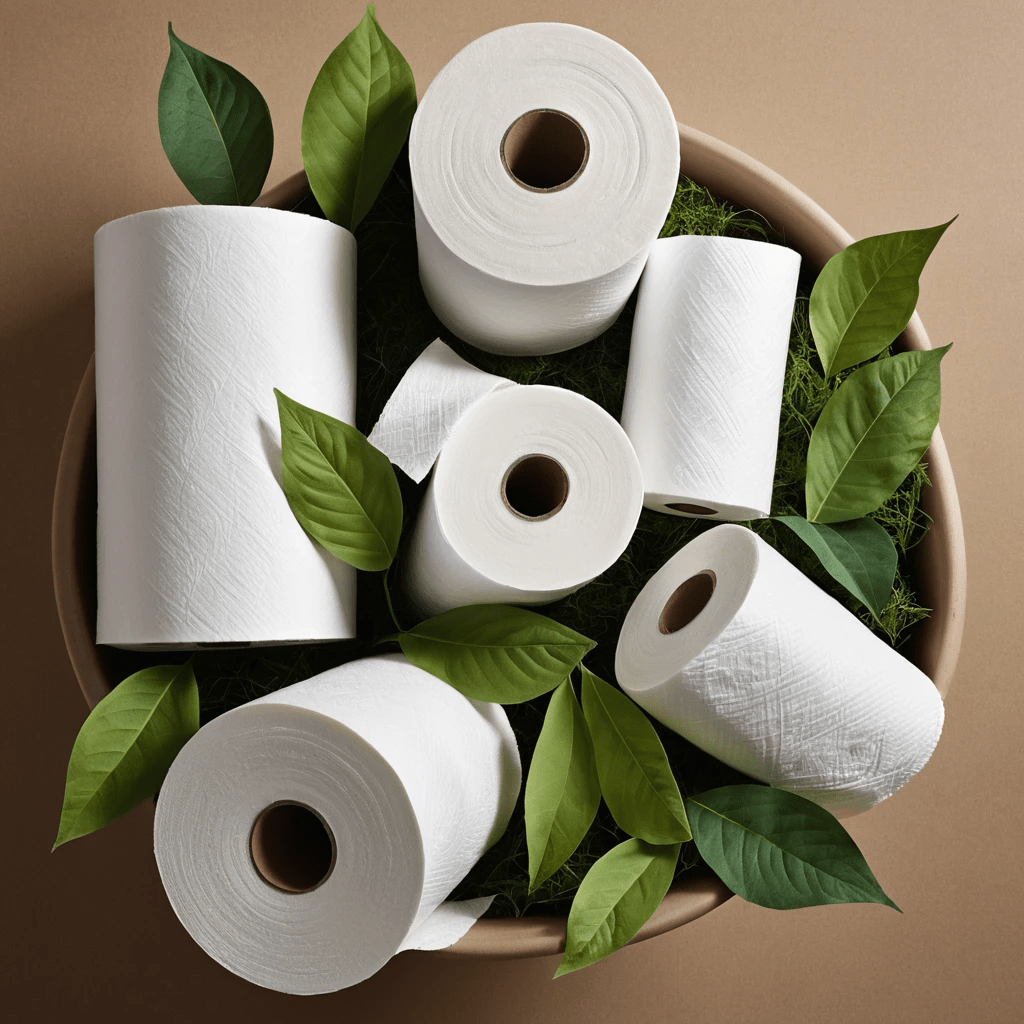
Choose toilet paper, paper towels, and tissues made from 100% recycled content. These products help reduce deforestation and use less energy to produce.
Many recycled paper goods are bleach-free and come in plastic-free packaging. They work just as well as conventional options and feel just as soft.
Switching to recycled paper products is a simple way to protect forests and support a circular economy.
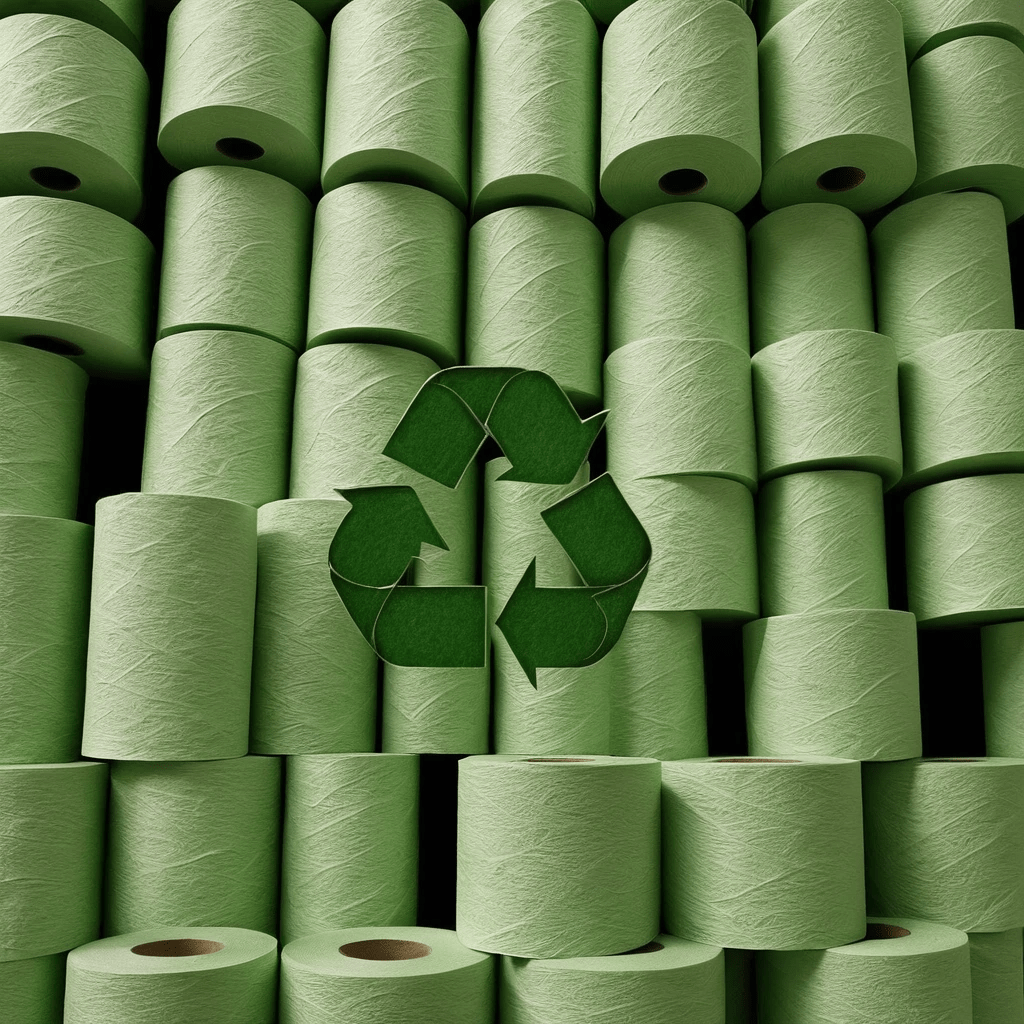
12. Stainless Steel Straws
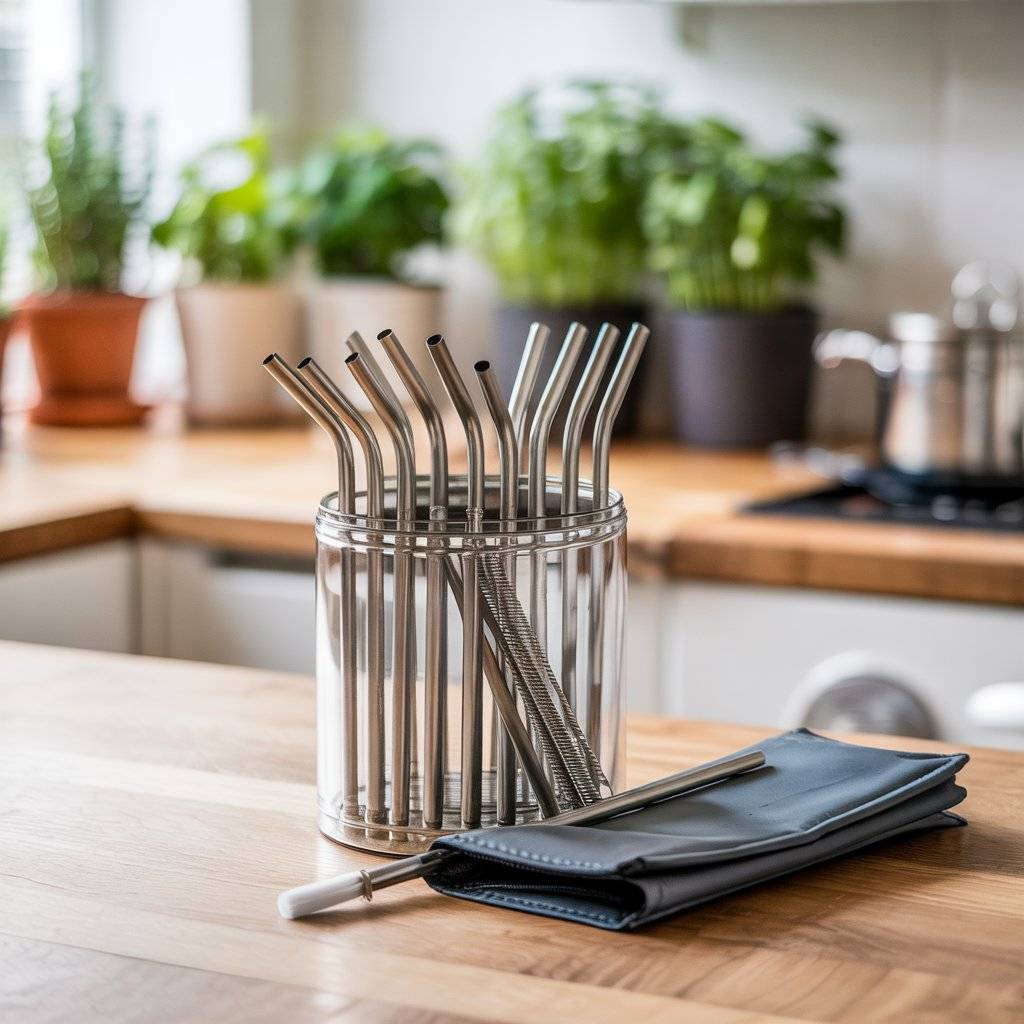
Plastic straws are a major source of ocean pollution. Stainless steel straws are durable, reusable, and easy to clean.
They often come in sets with a cleaning brush and travel pouch. You can find them in straight or bent styles and even in fun colors. Keep a set in your bag, car, or kitchen to avoid single-use plastics wherever you go.
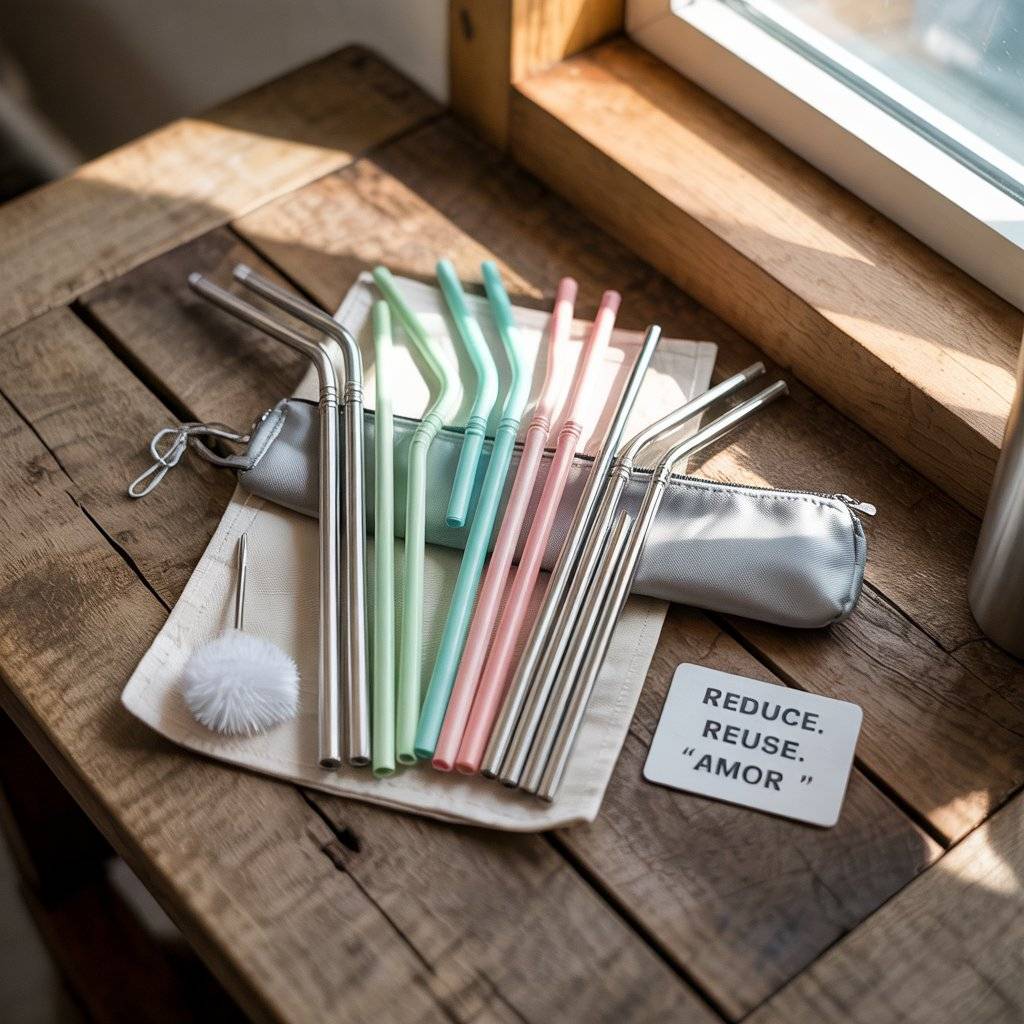
13. Energy-Efficient Appliances

If you’re shopping for a new fridge, washer, or dishwasher, go for models with the Energy Star label. These appliances are designed to use less electricity and water.
Energy-efficient appliances might cost more upfront, but they save you money in the long run through lower utility bills. Choosing these models reduces your home’s environmental impact while keeping it running smoothly.
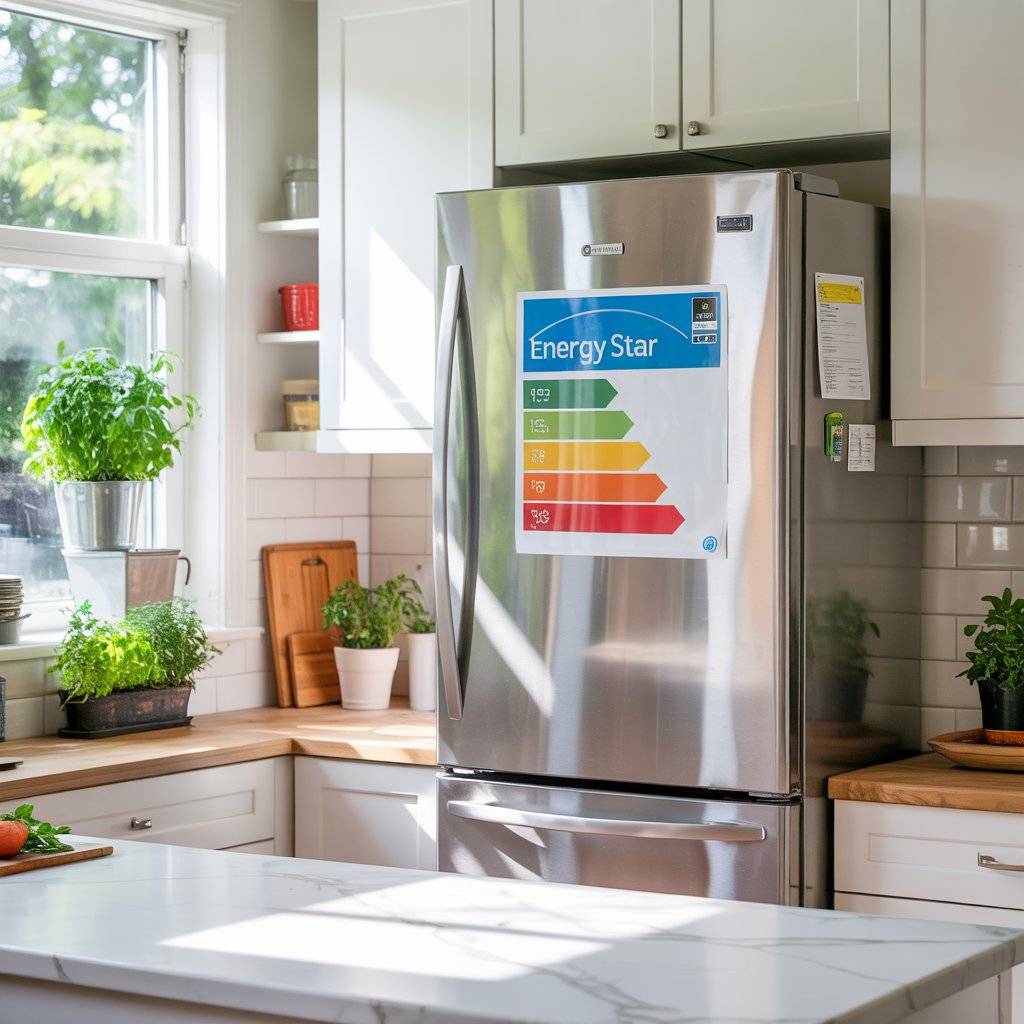
14. Natural Fiber Rugs
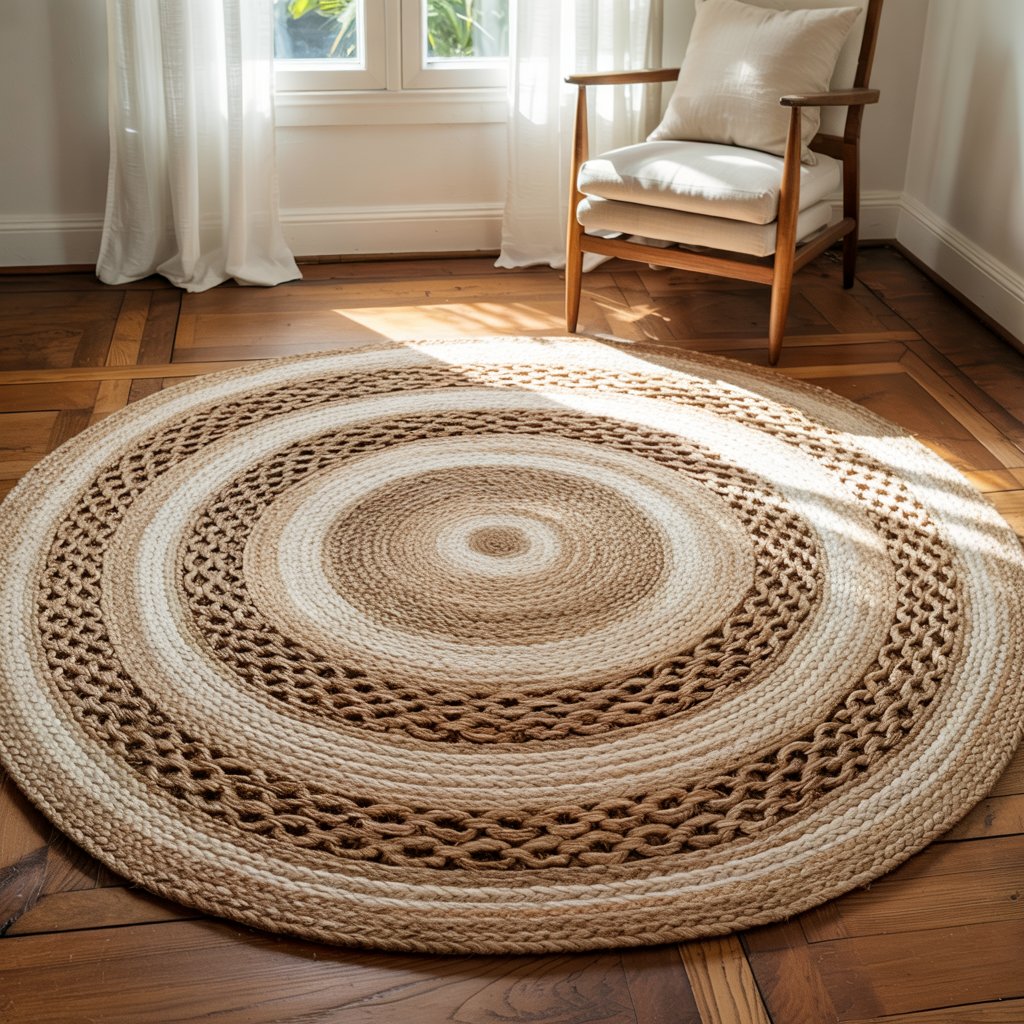
Synthetic rugs can off-gas harmful chemicals and are often made from petroleum-based materials. Rugs made from jute, wool, cotton, or sisal are a healthier and more sustainable option.
Natural fiber rugs are biodegradable and add warmth and texture to your home. They come in many styles and sizes, perfect for any room. Pick one with a natural rubber backing for added grip without the toxins.
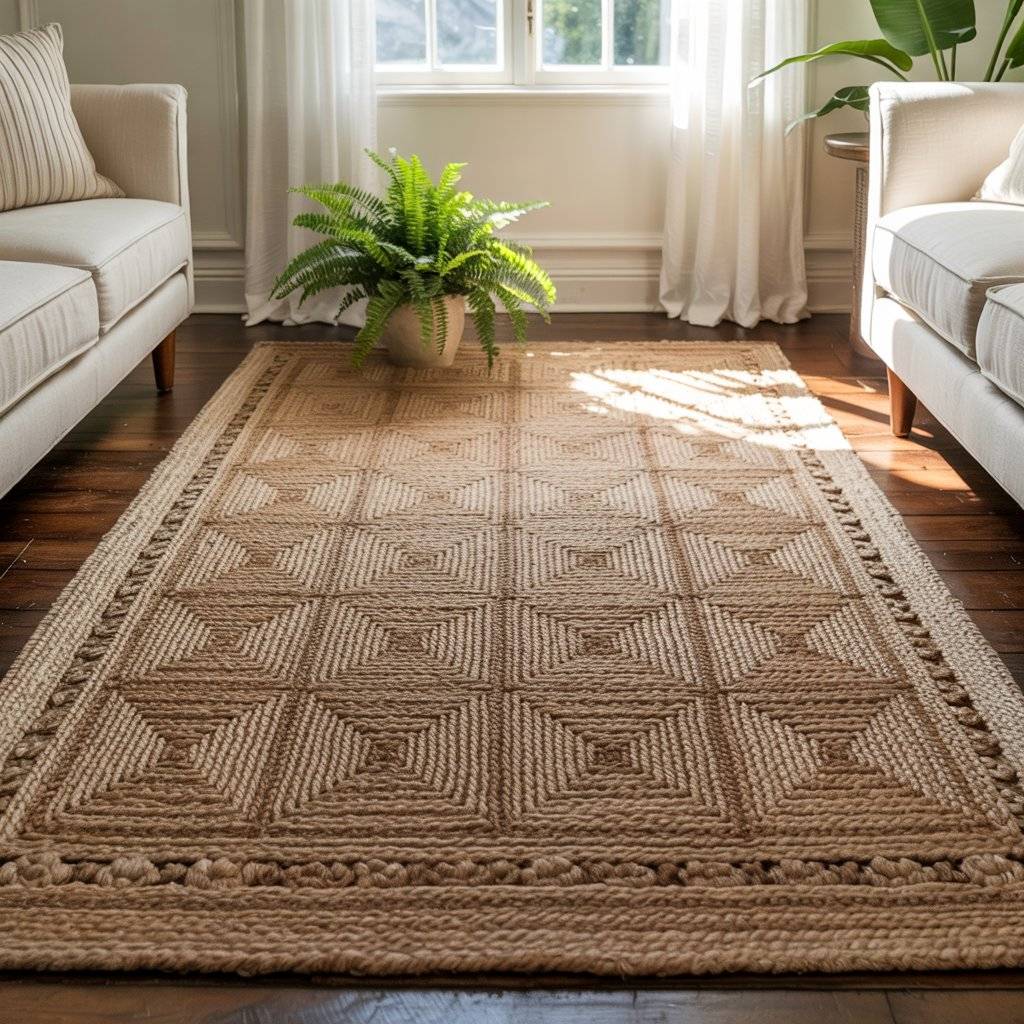
15. Houseplants for Cleaner Air
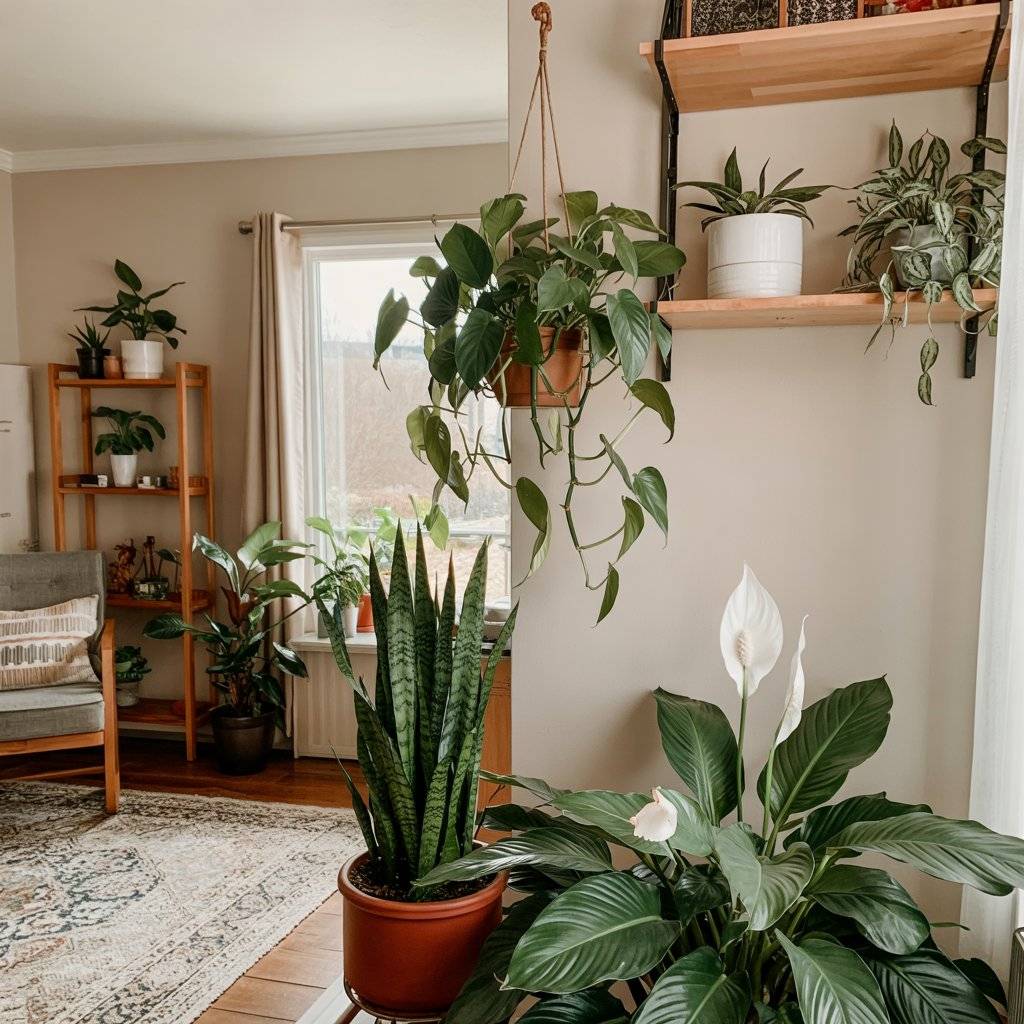
Certain houseplants like snake plants, peace lilies, and pothos help purify indoor air by removing toxins.
They also add beauty and a calming vibe to your space. Plants boost mood, increase humidity, and even improve focus. Caring for plants connects you to nature and supports a healthier indoor environment.
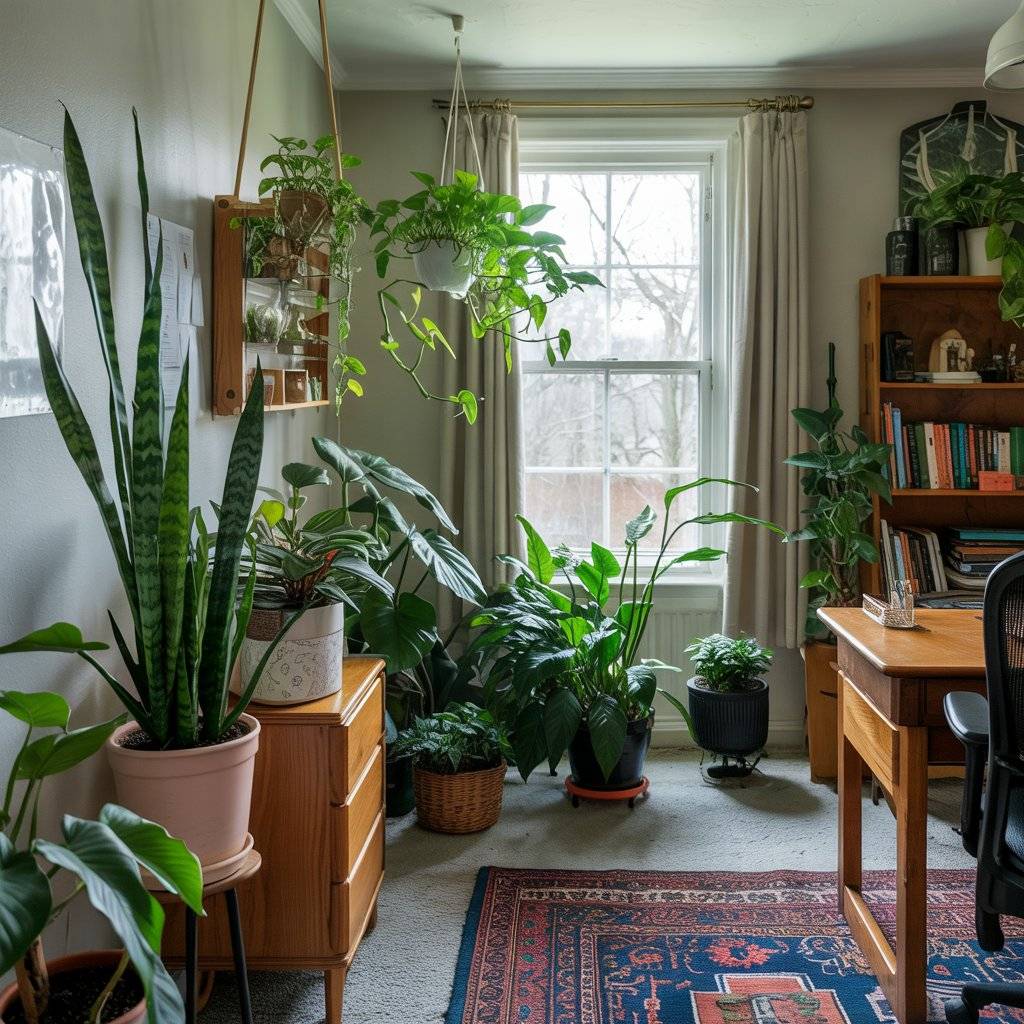
16. Organic Cotton Bedding
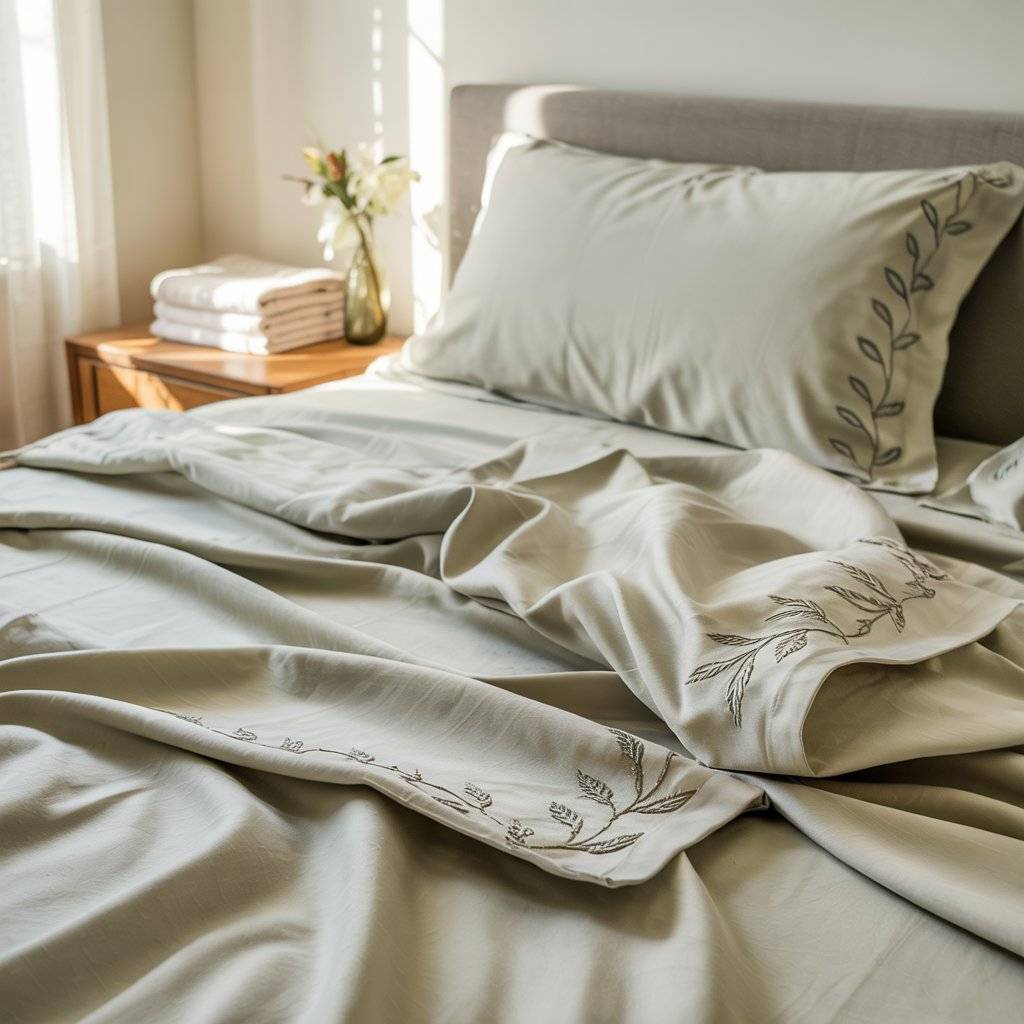
Conventional cotton uses a lot of water and pesticides. Organic cotton is grown without harmful chemicals and is gentler on your skin.
Organic bedding sets include sheets, pillowcases, and duvet covers. They’re breathable, soft, and often come in stylish colors. Make the swap to sleep better and feel better about your impact on the planet.
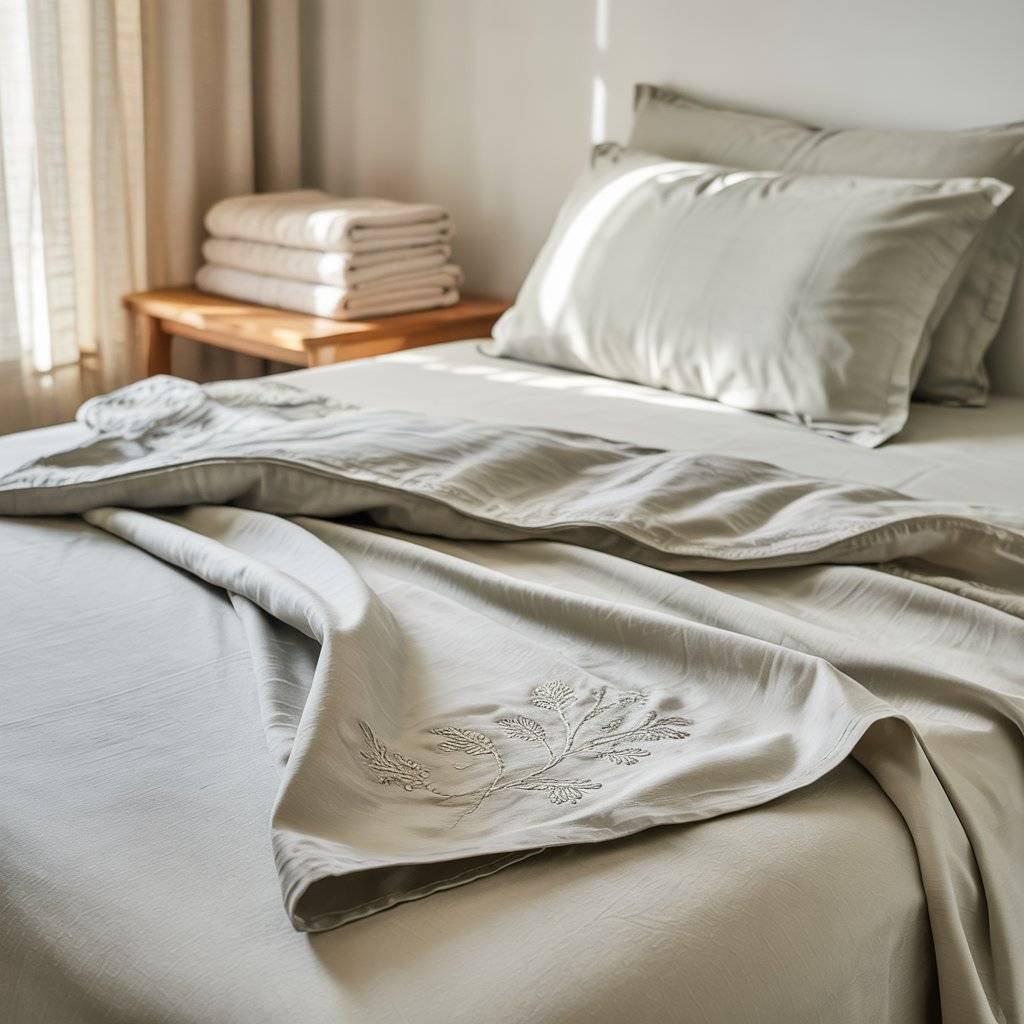
17. Reusable Grocery Bags
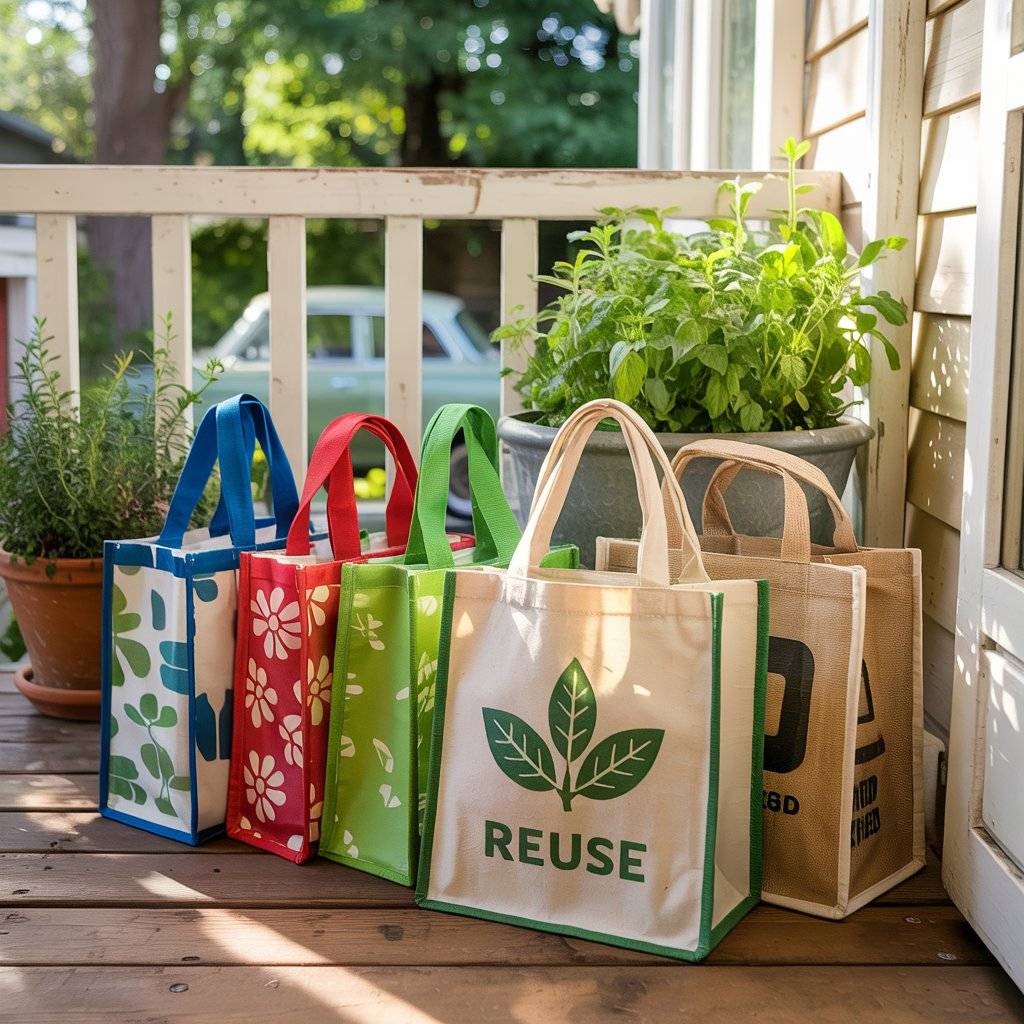
Plastic bags are a huge source of pollution. Reusable grocery bags are stronger, hold more, and last longer.
Keep a stash in your car or by the front door so you never forget them. Choose ones made from organic cotton or recycled materials for the best impact. They’re handy for all kinds of shopping—not just groceries.

18. Upcycled Furniture
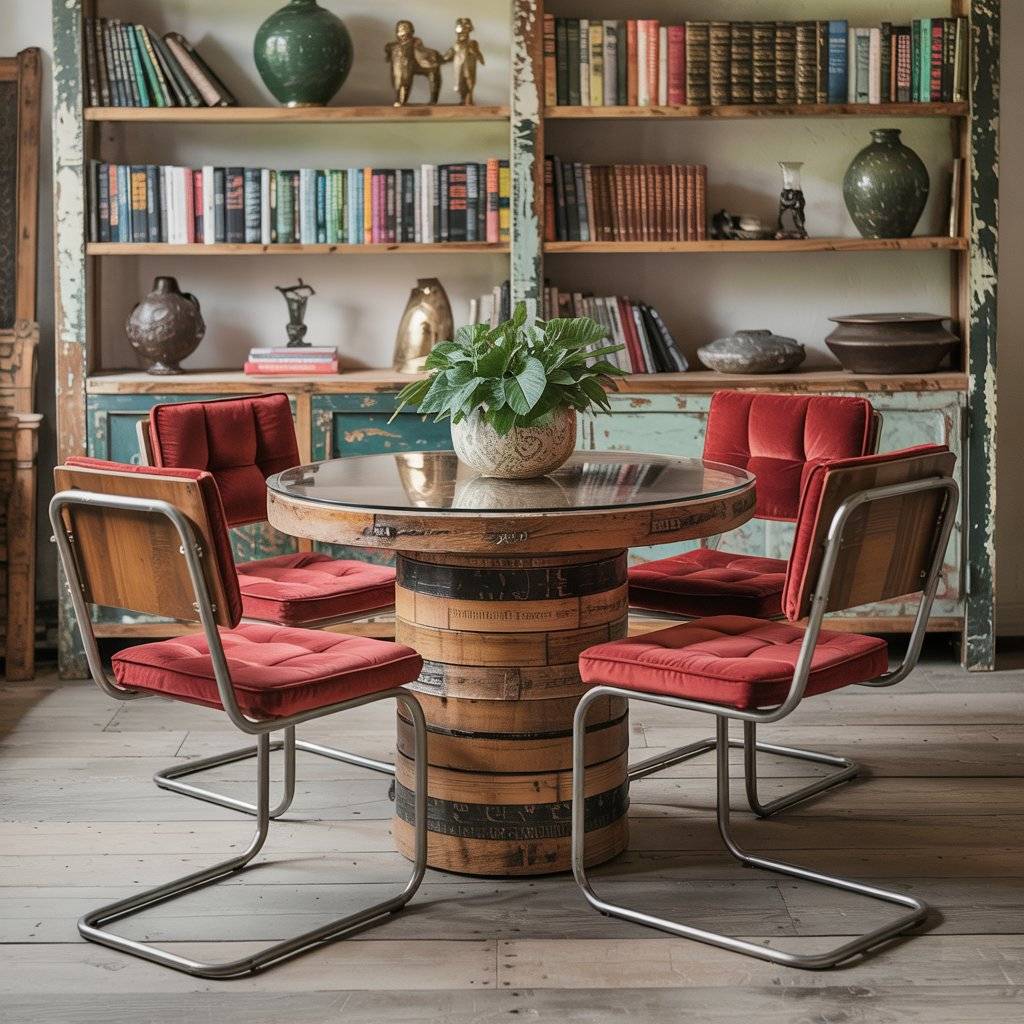
Upcycled furniture gives old items new life. Whether you DIY or buy from local makers, these pieces keep materials out of landfills.
Look for tables, chairs, or shelves made from reclaimed wood or repurposed materials. They add unique character to your home. Upcycling is creative, eco-conscious, and budget-friendly.
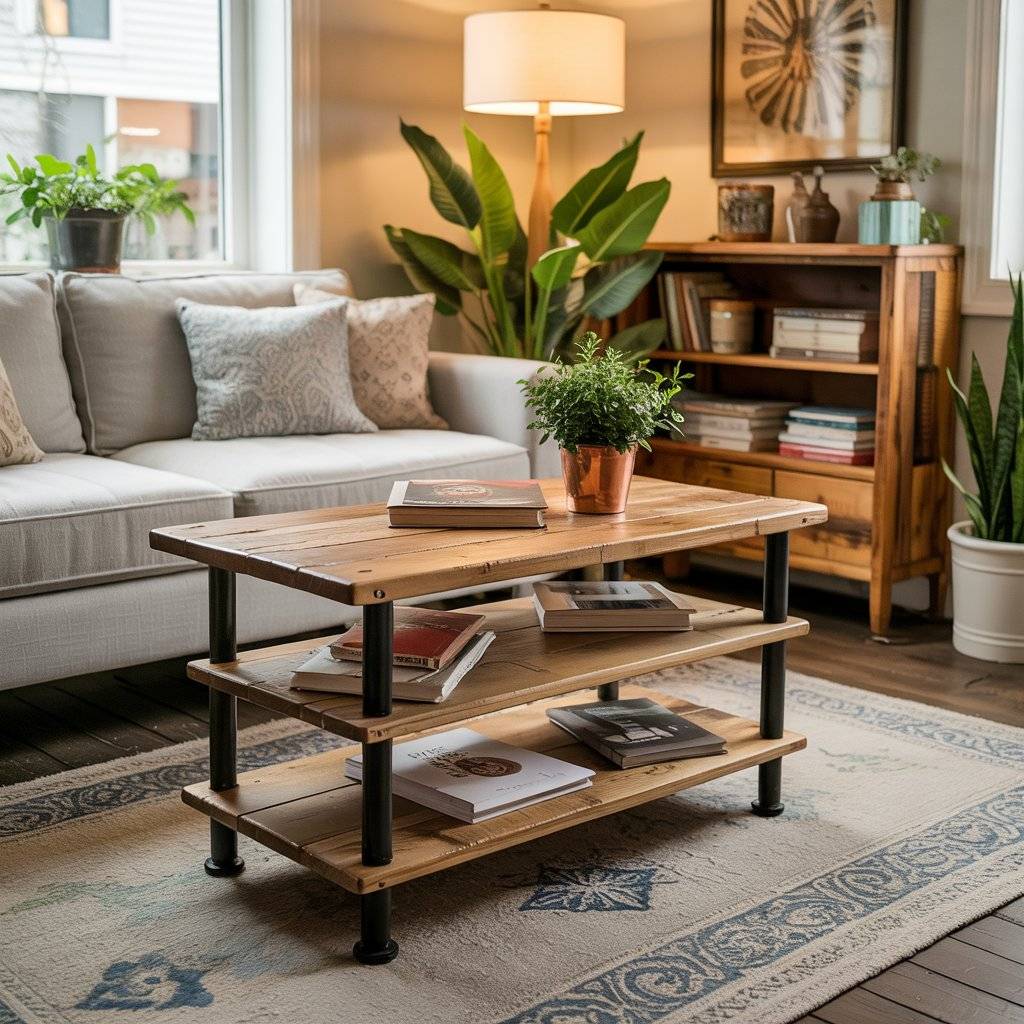
19. Eco-Friendly Paint
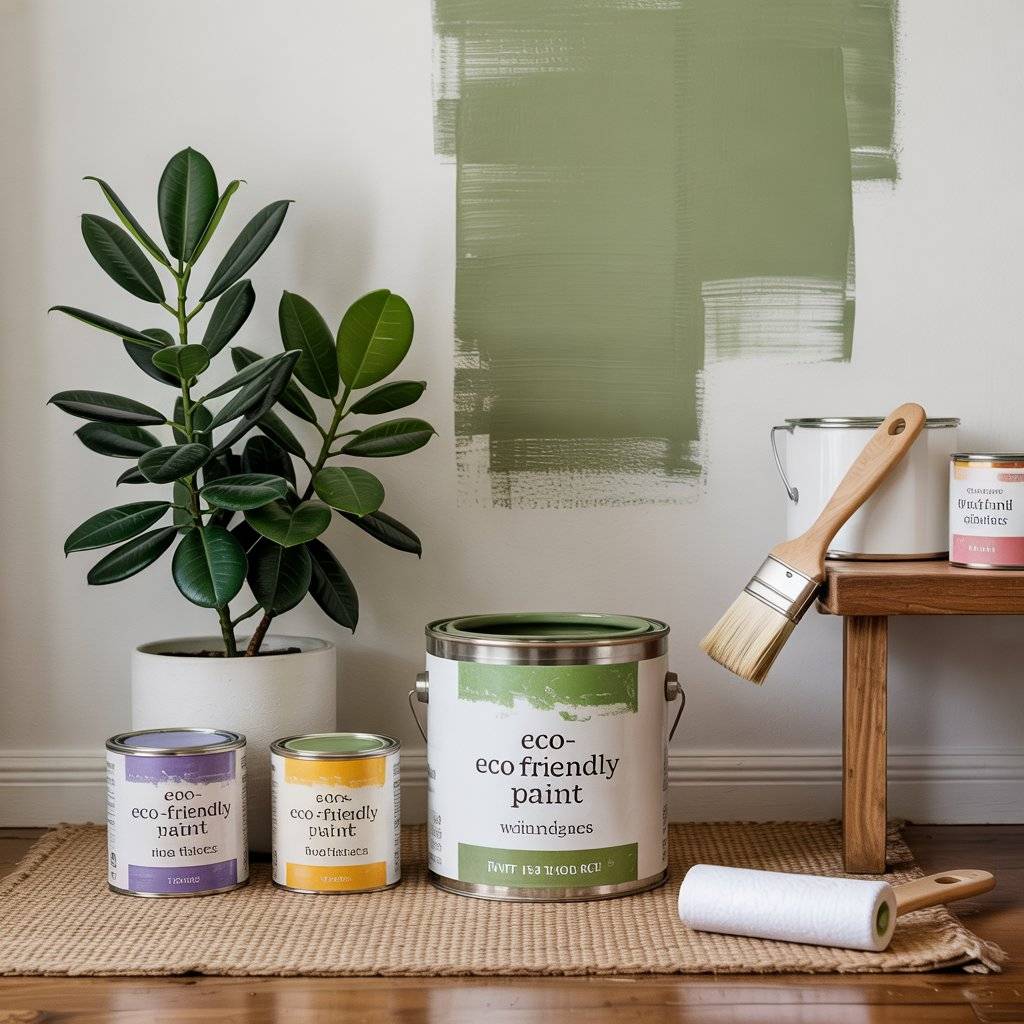
Traditional paint can release VOCs (volatile organic compounds), which affect indoor air quality. Eco-friendly paints are low-VOC or VOC-free and made with safer ingredients.
These paints are available in a wide range of colors and finishes. They’re ideal for nurseries, bedrooms, and other living spaces. A simple paint job can refresh your home and make it healthier at the same time.
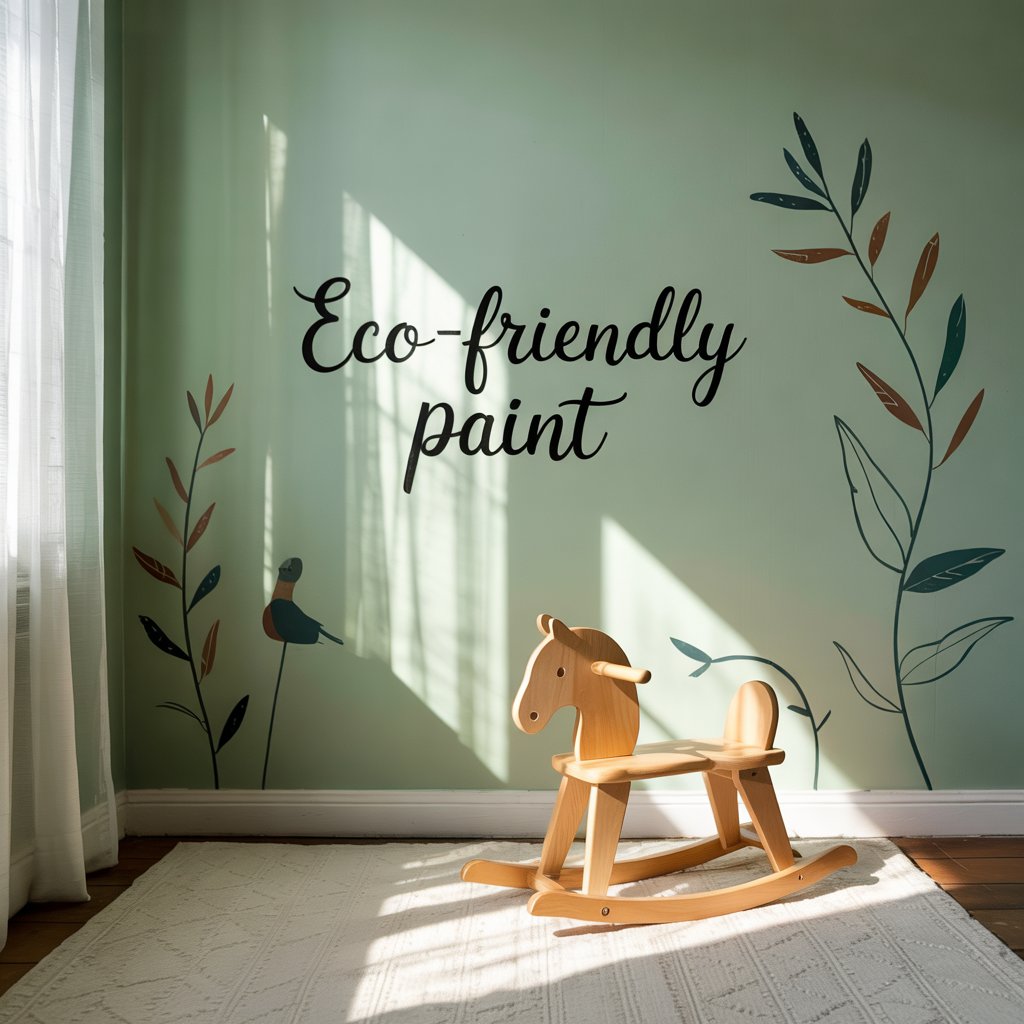
20. Compostable Trash Bags
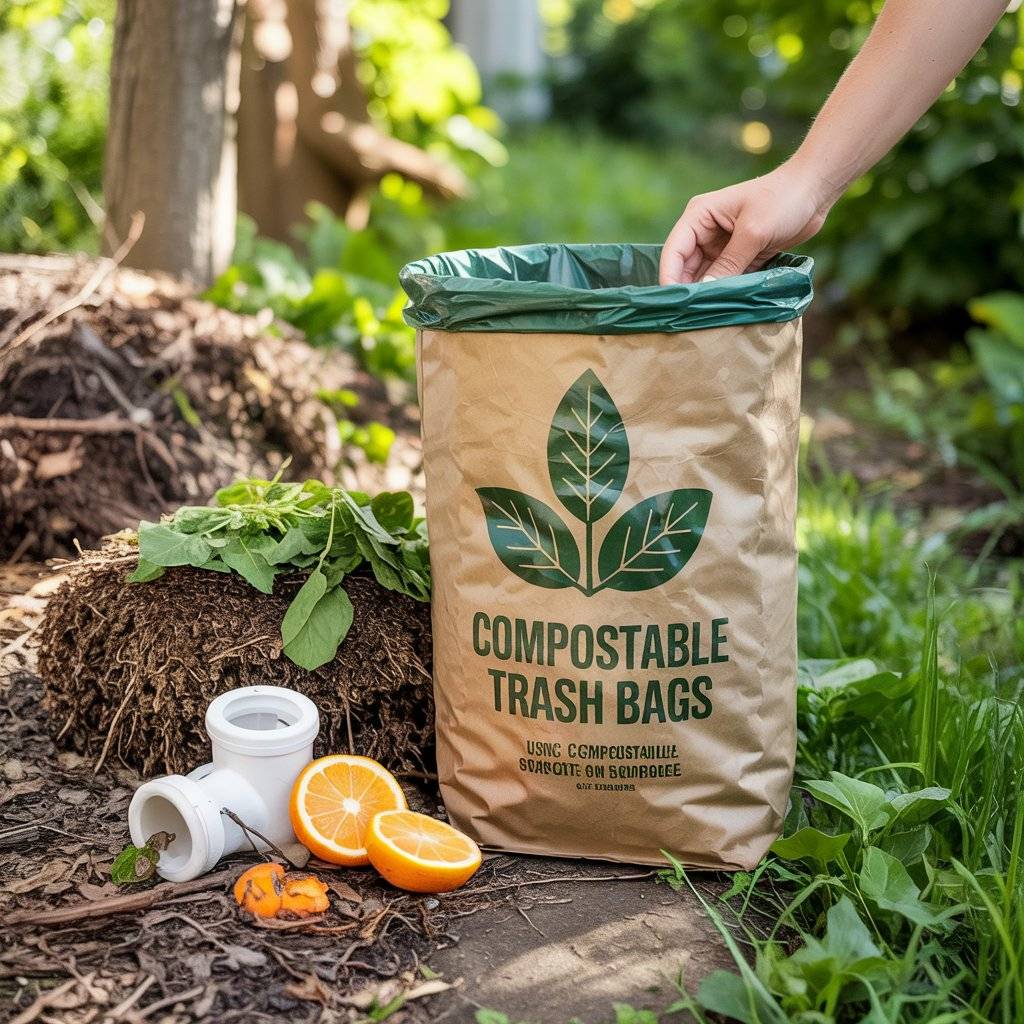
Standard trash bags take forever to break down. Compostable bags are made from plant starch and decompose faster in the right conditions.
They’re perfect for lining compost bins or collecting food scraps. Just make sure they meet certified compostable standards like ASTM D6400. Using compostable bags is an easy swap that reduces plastic waste.
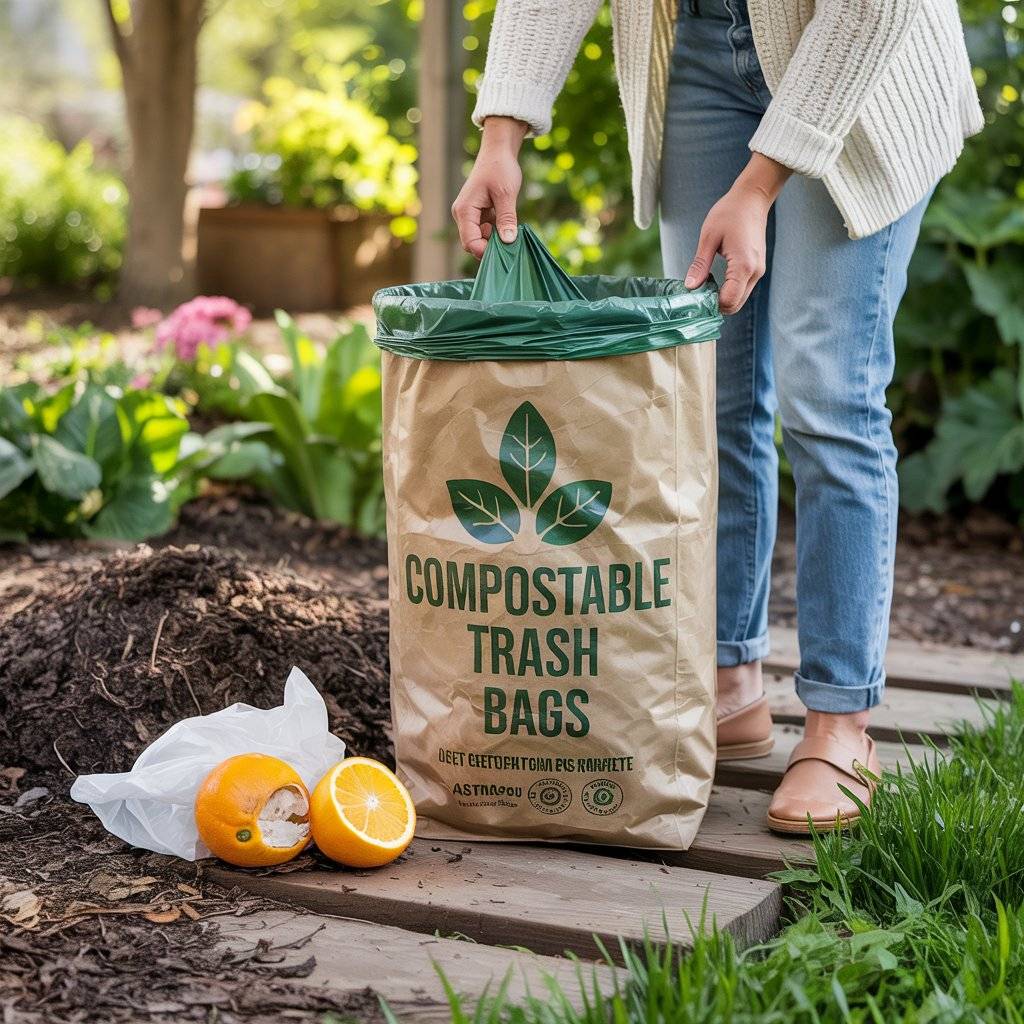
21. Eco-Friendly Mattresses
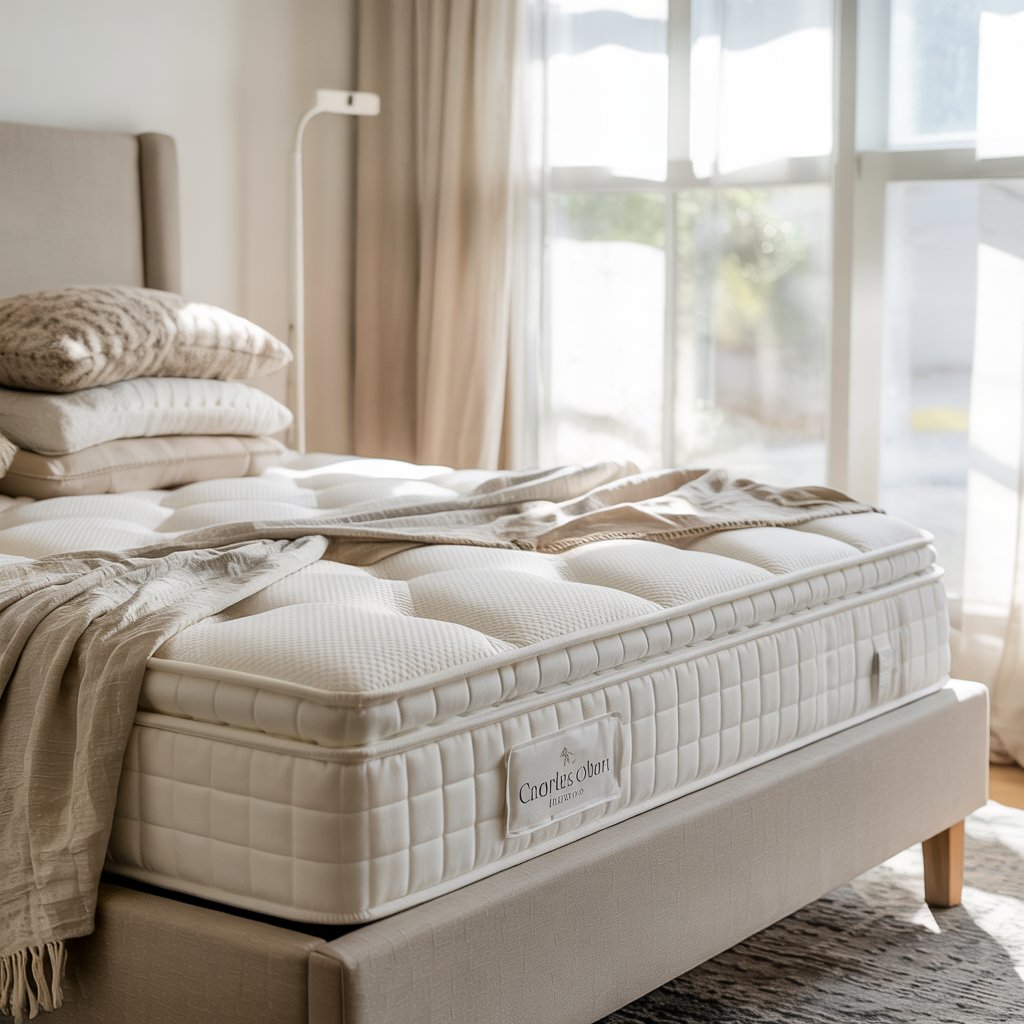
Many conventional mattresses contain flame retardants and synthetic materials. Eco-friendly mattresses use natural latex, organic cotton, and wool.
They’re free of toxic chemicals and provide excellent support and comfort. Look for certifications like GOTS or GOLS. Investing in a green mattress means better sleep and better health.
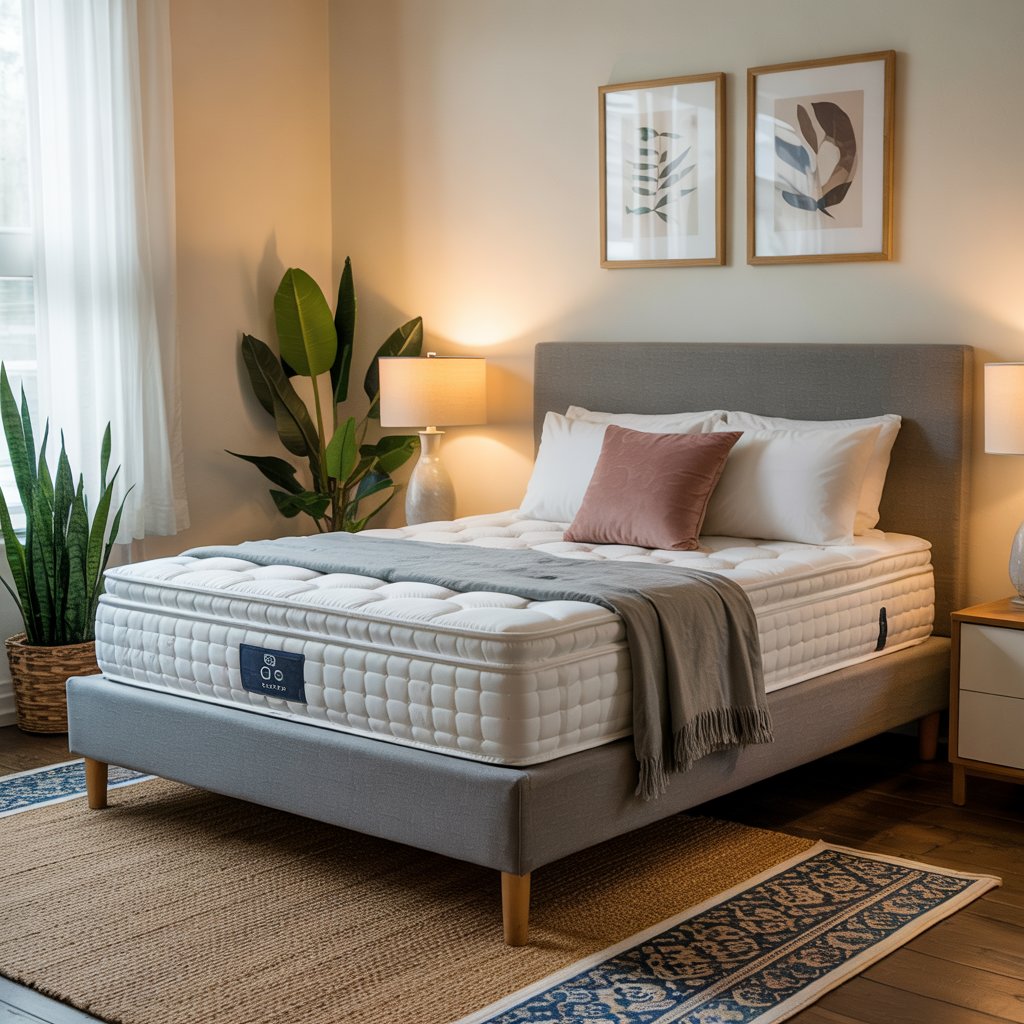
22. Reusable Produce Bags
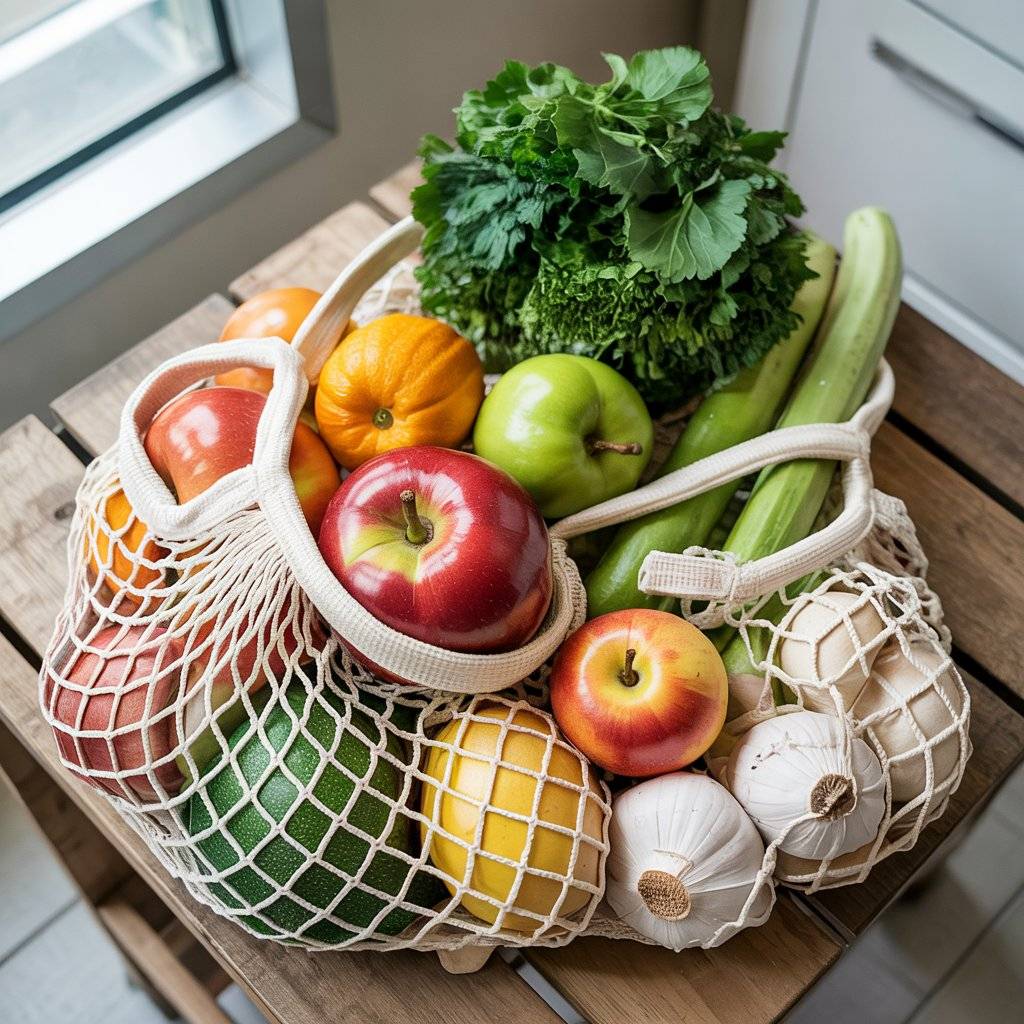
Instead of using plastic produce bags at the store, bring your own reusable mesh or cotton bags. They’re washable, breathable, and often come in sets of different sizes.
These bags are great for fruits, veggies, bulk items, and even bread. Store them with your reusable grocery bags so you always have them handy. They cut down significantly on plastic waste from shopping trips.
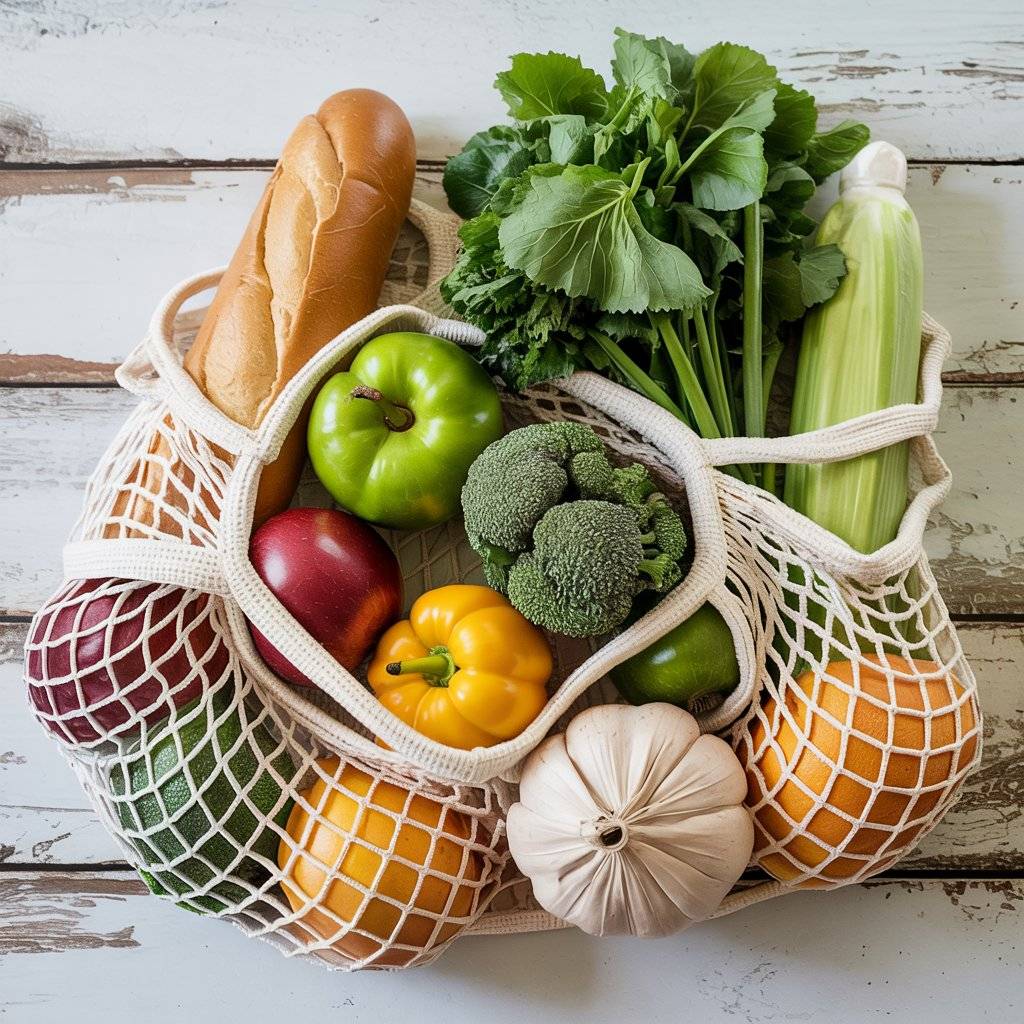
23. Eco-Friendly Dish Brushes
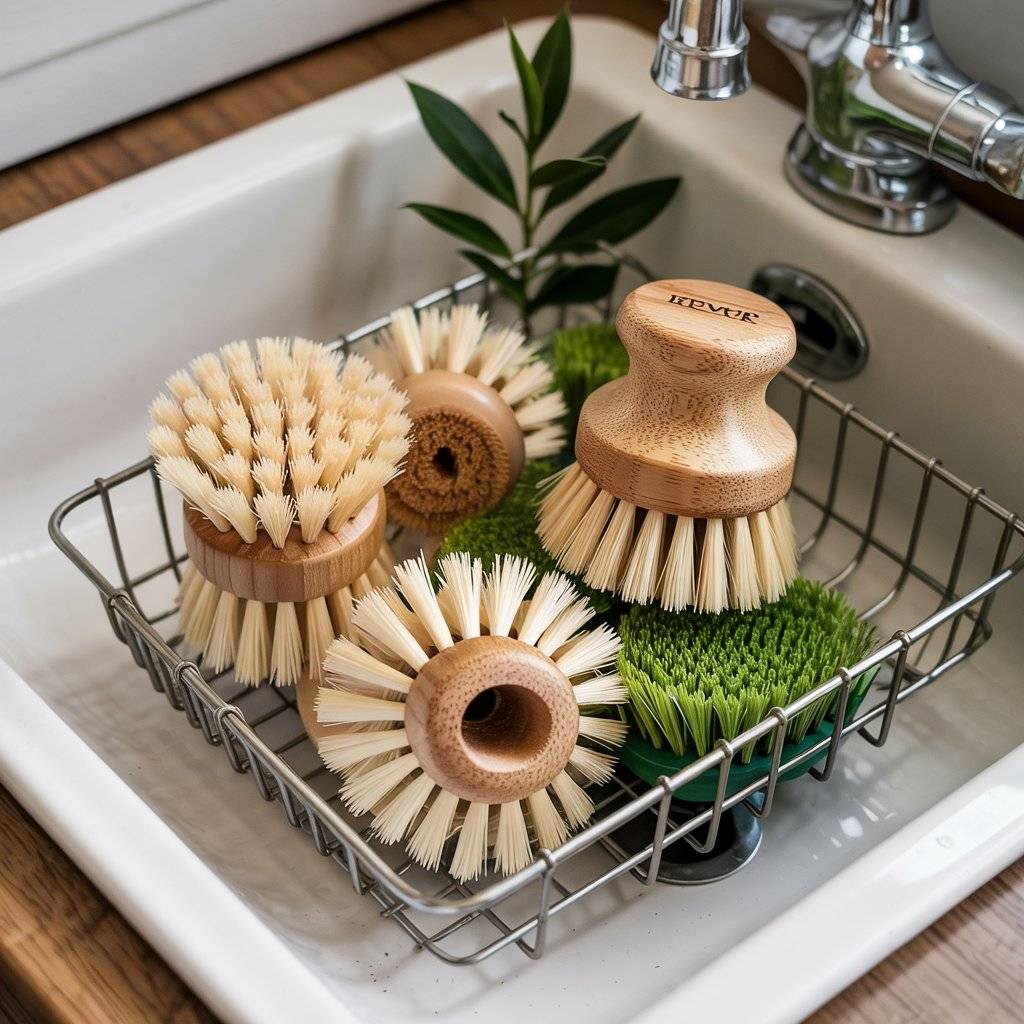
Swap out plastic scrubbers for brushes made from bamboo and natural plant fibers. They’re tough on grime but gentle on the environment.
Look for ones with replaceable heads so you don’t have to toss the entire brush when it wears out. These brushes look beautiful on your sink and help you clean with peace of mind.
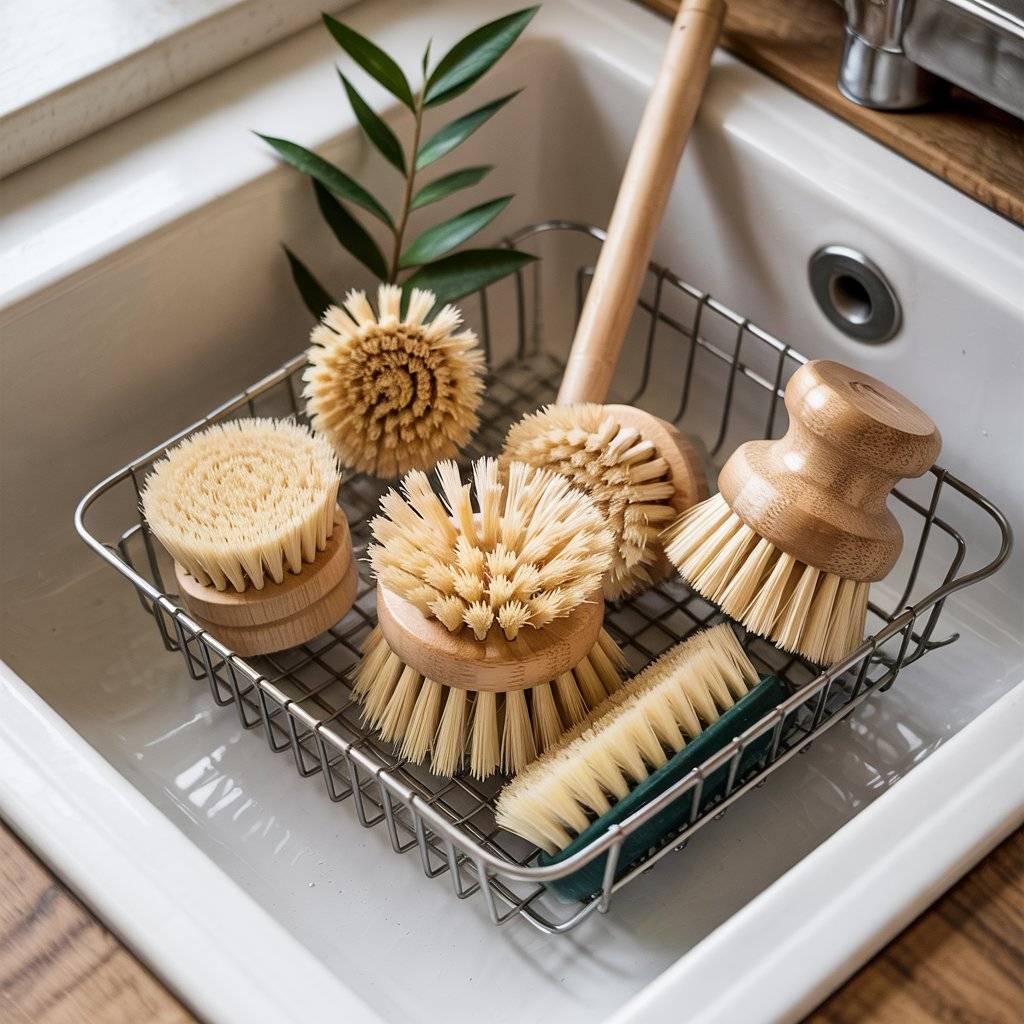
24. Non-Toxic Candles
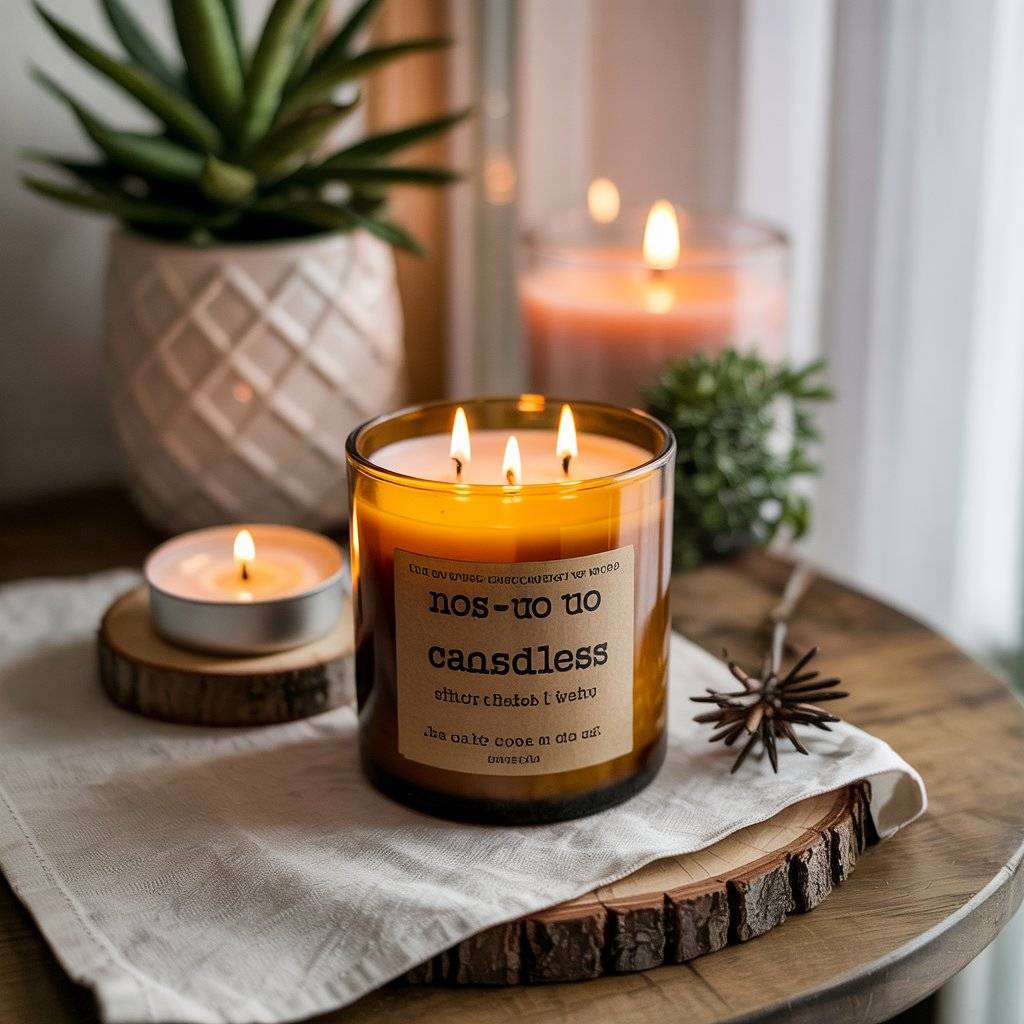
Scented candles can fill your home with harmful chemicals. Choose candles made from soy wax, beeswax, or coconut wax with cotton or wood wicks.
These burn cleaner and last longer. Look for natural fragrances and reusable containers. They set the mood without polluting your indoor air.

25. Low-Flow Faucets
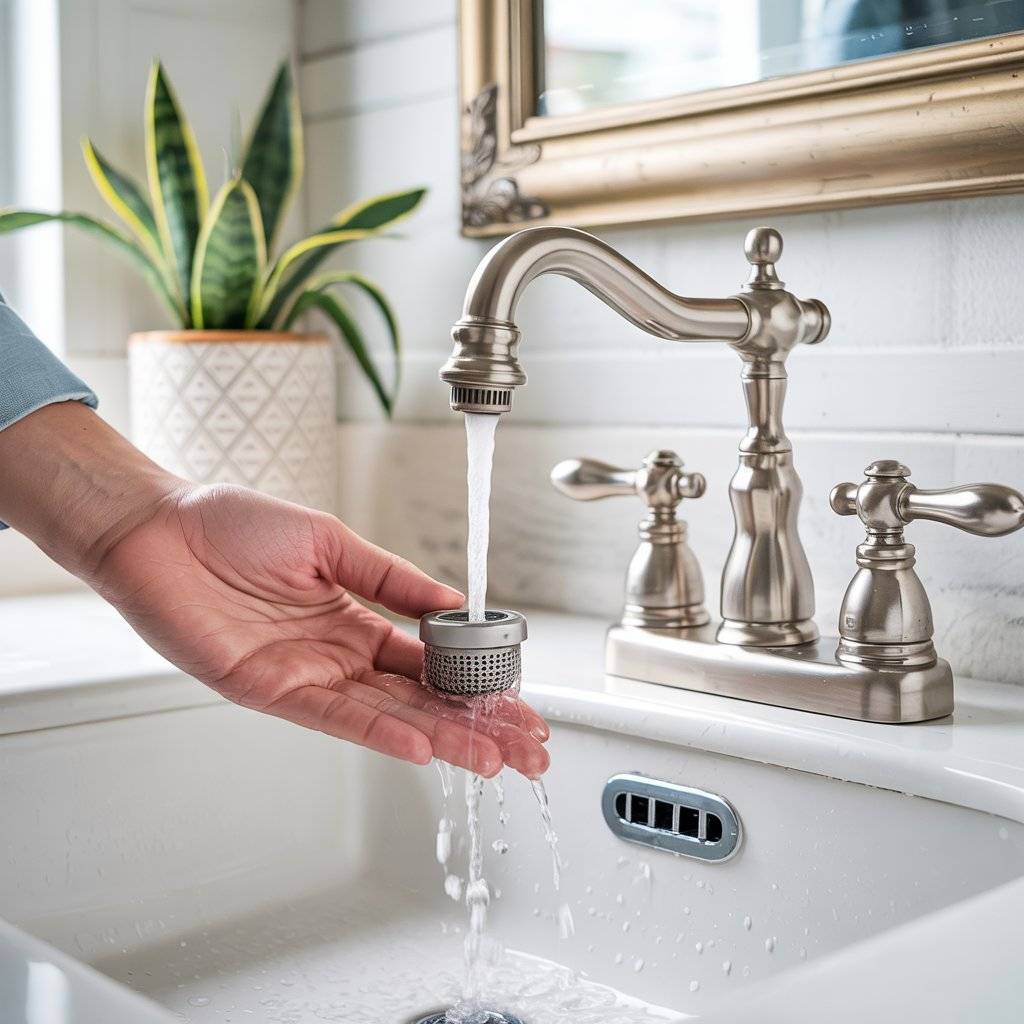
Low-flow faucet aerators reduce water use without lowering pressure. They’re easy to install and can cut your water usage by up to 50%.
Use them in your kitchen and bathroom sinks for instant savings. Some models also have built-in filters for cleaner drinking water. These small devices are a powerful way to conserve water and protect the environment.

Why I Wrote This Article
- To inspire mindful living. I wanted to show how small choices at home can have a big impact on the environment.
- To make sustainability easy. Many people want to go green but don’t know where to start. This article provides a simple guide.
- To highlight stylish eco-options. Eco-friendly doesn’t mean boring many of these products are beautifully designed.
- To promote healthier homes. A greener home often means fewer toxins, less waste, and better air quality.
- To share trusted resources. The recommendations come from top topic trends and credible eco-living sources.
- To support responsible brands. Featuring products from companies that care about the planet supports a more ethical market.
- To empower everyday change. You don’t have to be perfect every eco-swap counts.
- To simplify the research. I’ve done the digging so readers can confidently choose sustainable items.
- To create a go-to guide. Whether you’re new to green living or already on your journey, this article has something useful.
- Because I care. Our environment matters and I wanted to do my part by spreading awareness and action.
Frequently Asked Questions
1. Are eco-friendly products more expensive?
While some eco-friendly items may have a higher upfront cost, they often last longer and save money over time. For example, LED bulbs and wool dryer balls reduce energy use, lowering utility bills.
2. Where can I buy eco-friendly home products?
You can find sustainable products at many retailers, both online and in-store. Look at eco-conscious brands, local zero-waste shops, or even big-name stores that now carry green alternatives.
3. What makes a product eco-friendly?
Eco-friendly products are made using sustainable materials, have a lower environmental impact, and often come in recyclable or biodegradable packaging. They’re designed to reduce waste and conserve resources.
4. Can I still be eco-friendly if I live in a small apartment?
Absolutely! Many eco-friendly swaps—like using LED bulbs, bamboo toothbrushes, and reusable bags—require little space and can make a big difference even in small living areas.
5. How do I start making my home more eco-friendly?
Start small. Pick one or two areas—like switching to reusable kitchen items or eco-friendly cleaning products. As you build new habits, expand to other parts of your home.
6. Are homemade cleaning products as effective as store-bought ones?
Yes! Many DIY cleaners made with vinegar, baking soda, and essential oils can be just as effective for everyday use, without the harsh chemicals found in many conventional cleaners.
7. How do I know if a product is truly eco-friendly?
Look for third-party certifications like Energy Star, USDA Organic, Green Seal, or EPA Safer Choice. Check labels and do a little research to make sure the company practices what it preaches.
Final Thoughts
Decide switch to eco-friendly products doesn’t have to be overwhelming or expensive. With just a few intentional changes, you can create a home that supports both your well-being and the planet. Each of the 25 items listed here is a small step toward a greener lifestyle but when added together these steps it can lead to a big impact.
When you choose to start with reusable grocery bags, LED light bulbs, or a compost bin, every effort counts. And you don’t have to do it all at once. Pick what works best for your space, your budget, and your lifestyle.
Thanks for reading! I hope this guide has inspired you to make eco-friendly choices that truly work for you. If you found this helpful, share it with friends and family and start your green journey together. 🌿
- Genius Small Space Organization Hacks to Transform Your Home
- Home Covered Patios for Outdoor Bliss Your Backyard Escape
- Natural Wood Tables: Rustic & Eco-Friendly Furniture - December 8, 2025
- Enchanting Christmas Garden Designs for a Cozy, Festive Backyard - November 29, 2025
- 35 Best Open Layout Living Room Dining Room Designs - November 29, 2025

